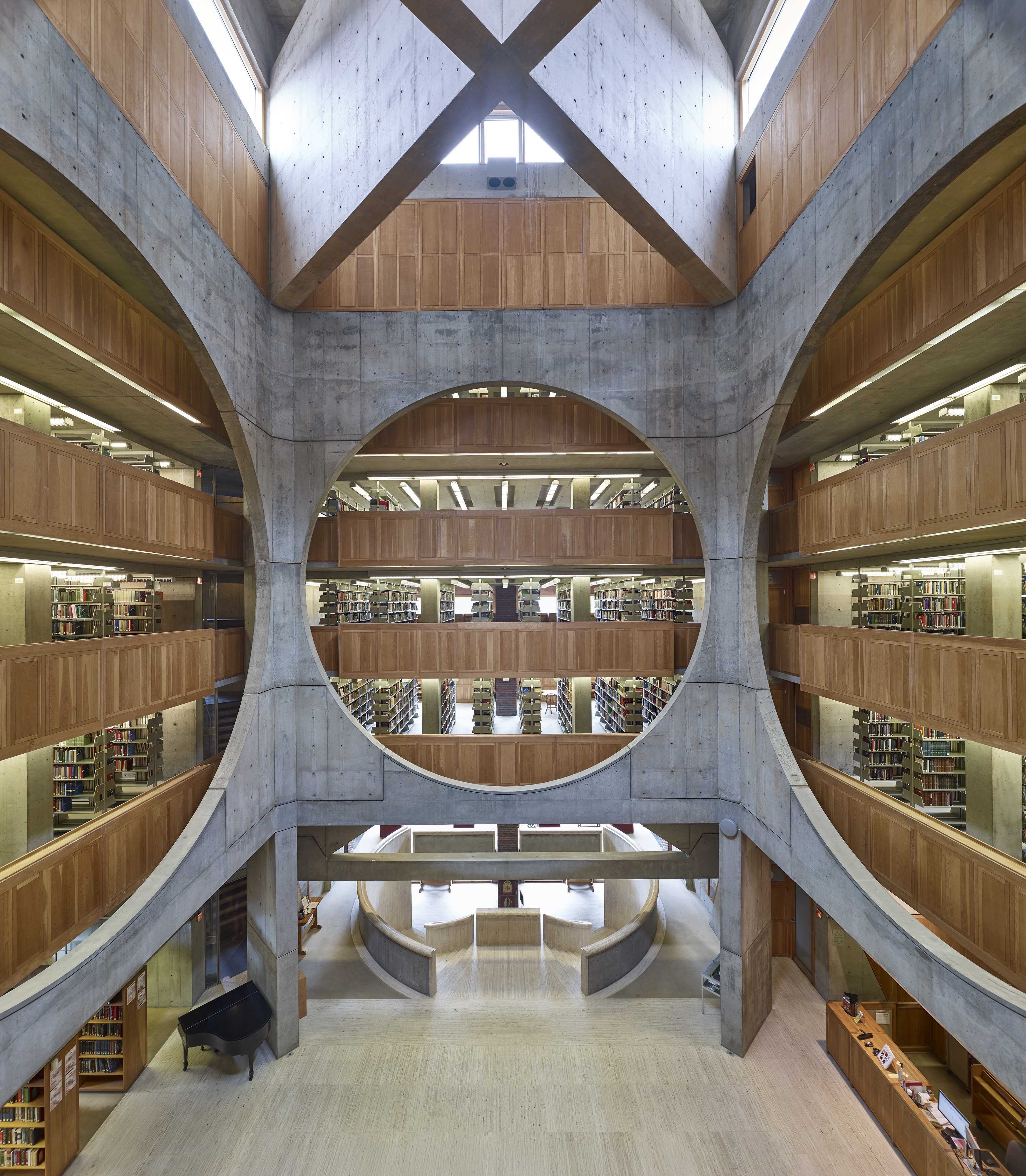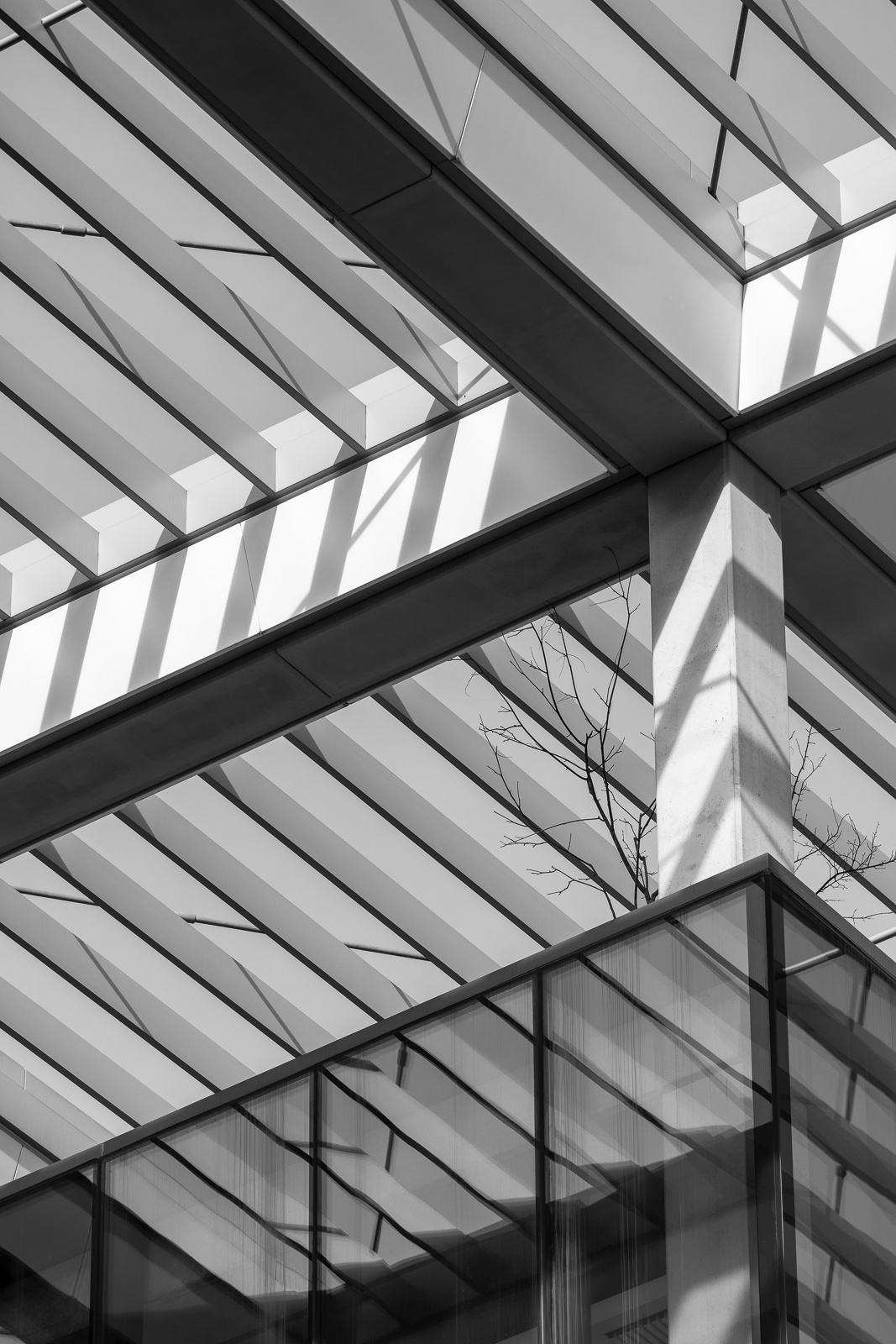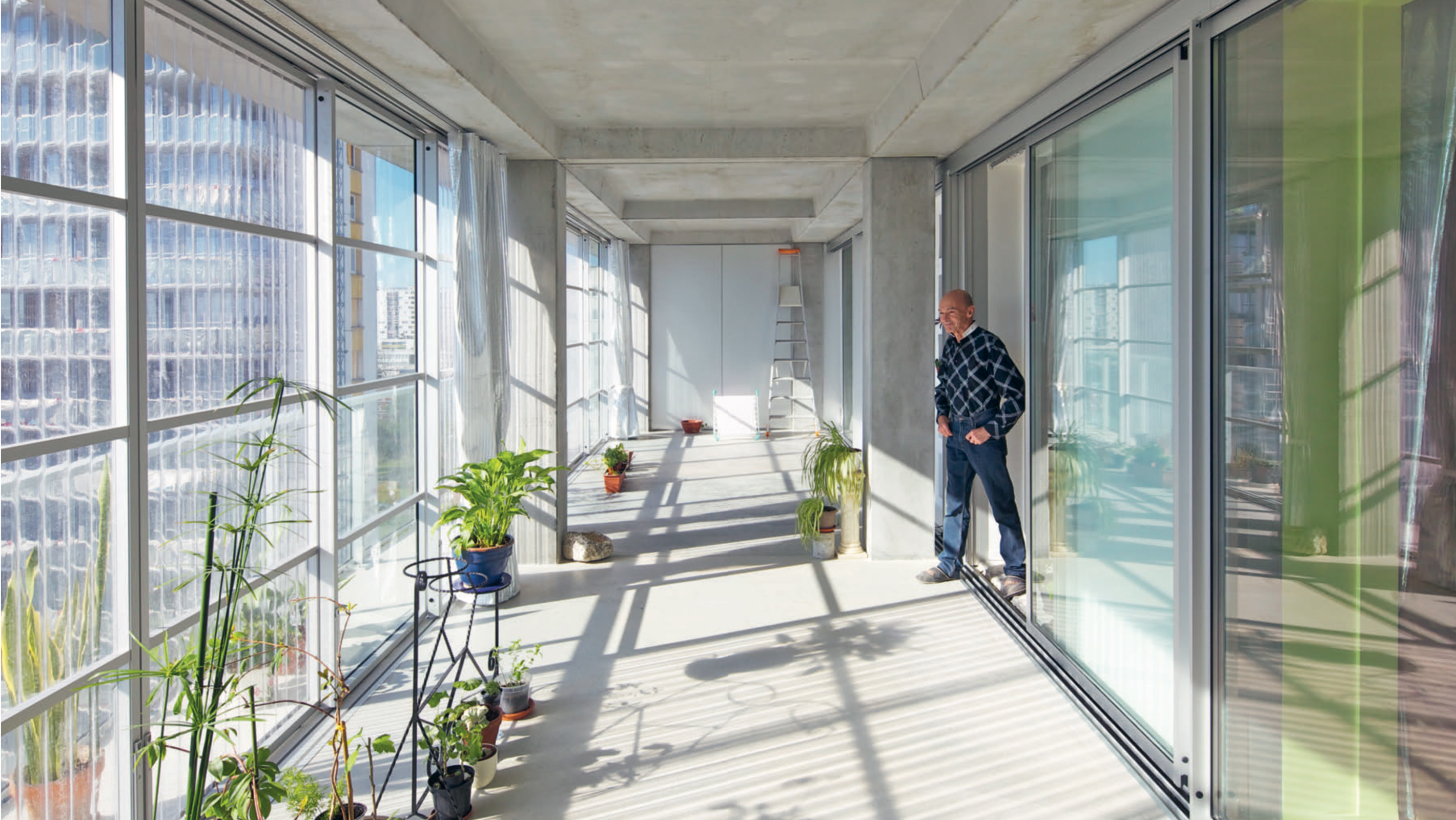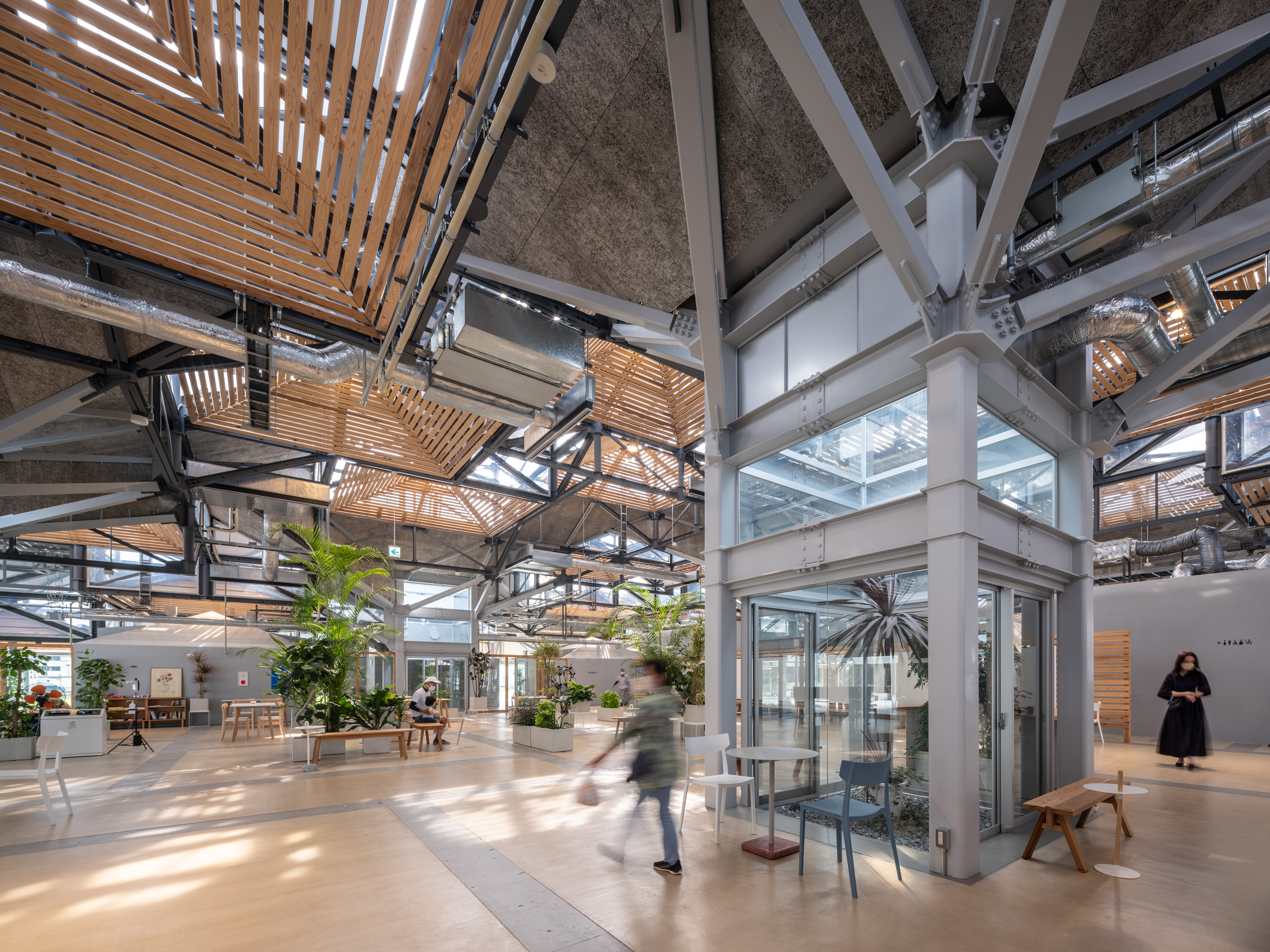The Daylight Award celebrates daylight in research and architecture
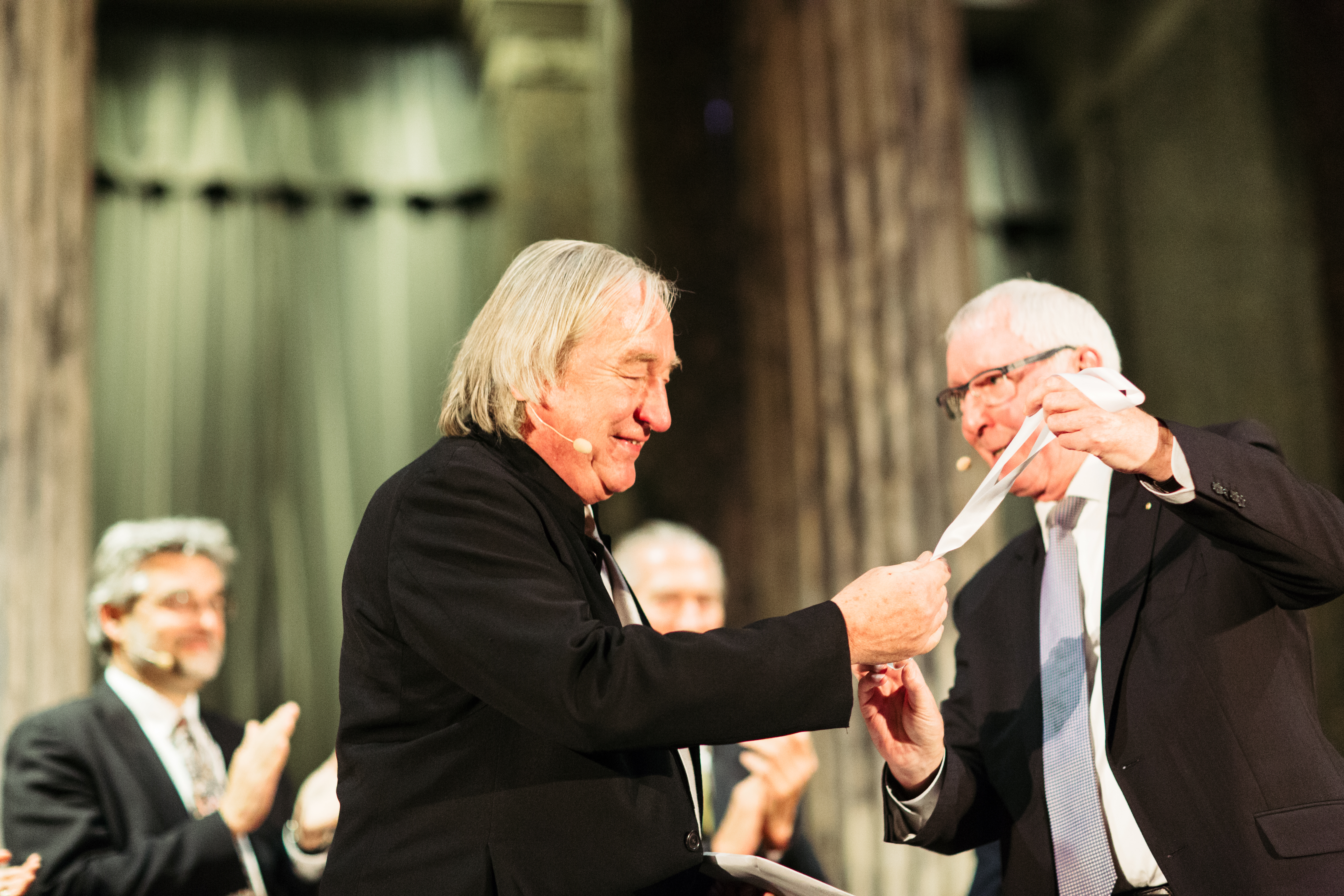
Category
Daylight
Daylight & Architecture
Author
Per Arnold Andersen, Director of The Daylight Award
Date
April 2024
Share
Copy
Given the importance of daylight, it is crucial that the fields of research and architecture exchange knowledge and work together. The Daylight Award seeks to build that bridge. Since 2016, nine laureates have represented international excellence in daylight research and architecture and they have embodied a generous and humanistic spirit regarding the celebration of daylight.
On 16 May 2024, this year’s laureates will be presented and celebrated live online at 18:00.
Sign up here to watch the live stream
The Daylight Award was established as an international prize in 2016 and it honours and celebrates daylight research and daylight in architecture, for the benefit of human health, well-being and for the environment. The award acknowledges and encourages scientific knowledge and practical application of daylight and it seeks to interlink disciplines that are usually addressed in separated, monocultural spheres, professional circles or practices.
Daylight has been the primary source of light in buildings and a vital part of architecture for centuries and the award wants to encourage a continued focus on daylighting in buildings, also by incorporating relevant knowledge from research. On the other hand, research related to daylight must also look far beyond buildings and our needs inside them. The Daylight Award wants to encourage research in all areas related to the effects of daylight on human health, well-being and performance.
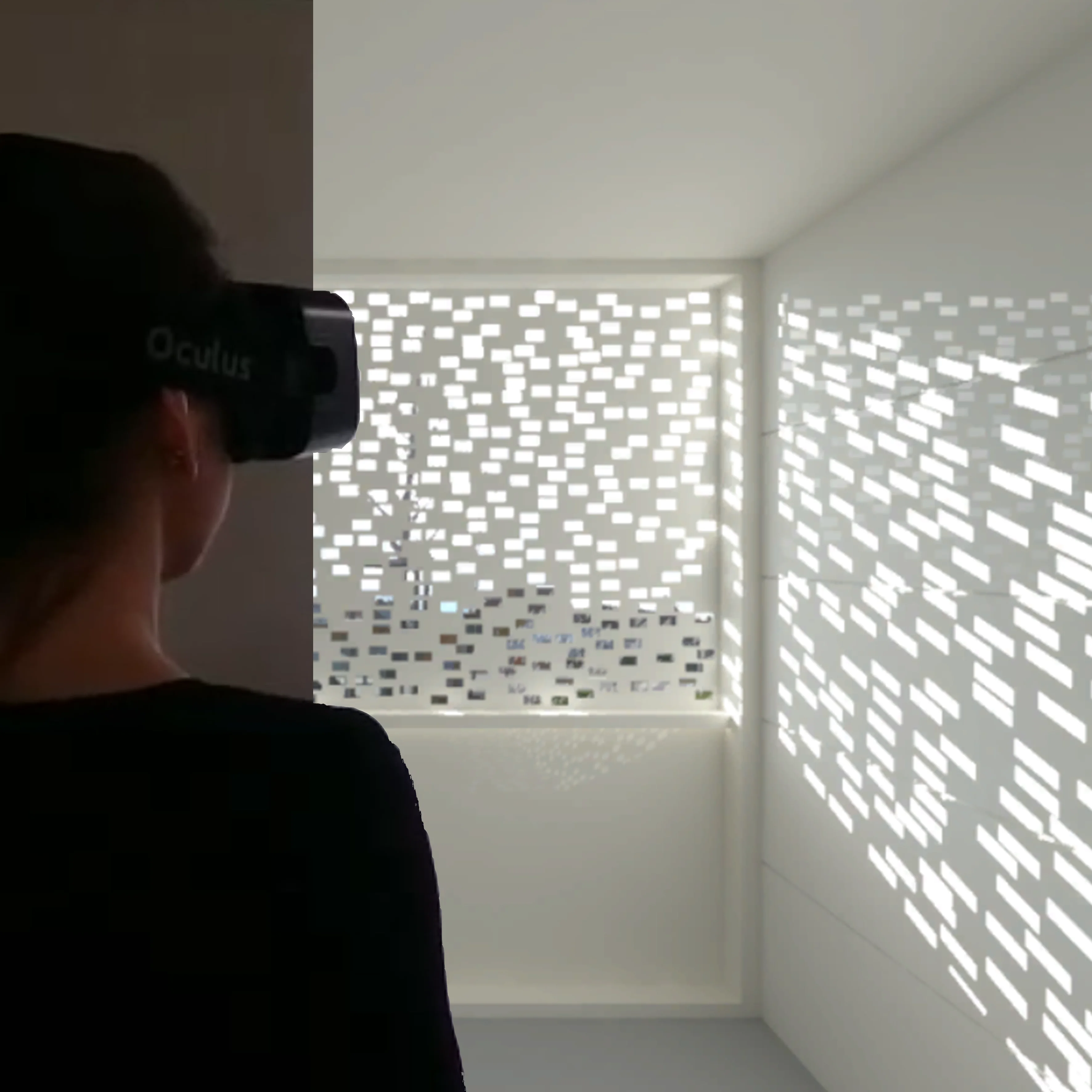
The Daylight Award is given in two categories
DAYLIGHT RESEARCH
The Daylight Award for Research is awarded to individuals or smaller groups of scientists who have distinguished themselves as outstanding contributors to internationally recognised daylight research. It acknowledges highly original and influential advances in the areas of natural science, human science or social science, with special emphasis on the effects of daylight on human health, well-being and performance.
DAYLIGHT IN ARCHITECTURE
The Daylight Award for Architecture is awarded to one or more architects or other professionals who have distinguished themselves by realising architecture or creating urban environments that showcase unique use of daylight. Special emphasis will be put on architecture that considers the overall quality of life, its impact on human health, wellbeing and performance, and its value to society.
The award winner in each category is rewarded with a personal prize of 100.000 €.
The foundations behind the award
The Daylight Award is presented by the philanthropic foundations, Villum Fonden, VELUX Fonden and VELUX Stiftung, established by graduate engineer Villum Kann Rasmussen – the founder of VELUX and other companies in the VKR Group, whose mission it is to bring daylight, fresh air and a better environment into people’s everyday lives. The foundations support a wide range of non-profit purposes, in scientific, social, cultural and environmental projects.
The three foundations have a long history when it comes to awarding best practice in daylight and since 1980, they have awarded daylight prizes to, among others, Jørn Utzon (DK) (1980), Henning Larsen (DK) (1987), Bob Gysin (CH) (2007), Richard Perez (USA) (2008), Peter Zumthor (CH) (2010), James Carpenter (USA) (2010), Lacaton & Vassal (F) (2011), Gigon & Guyer (CH) (2012) and SANAA (JP) (2014).
The jury
The cross-disciplinary juries have over the years been consisting of the following: Per Olaf Fjeld (NO) (2016-18), Stephen Selkowitz (USA) (2016-18), Hubert Klumpner (CH) (2016-18), Florence Lam (UK) (2016-18), Aki Kawasaki (CH) (2016-2020), James Carpenter (USA) (2016-20), Koen Steemers (UK) (2016-22), Marilyne Andersen (CH) (2018-22), Anne Lacaton (FR) (2020-22), Juhani Pallasmaa (FI) (2020-), Russell Foster (UK) (2022-), Dorte Mandrup (DK) (2022-), Gerd Folkers (CH) (2022-), Yvonne de Kort (NL) (2024-), Michael Balick (USA) (2024-) and Iwan Baan (NL) (2024-)
Laureates 2016-2022
Since the establishment of the biennial international award in 2016, The Daylight Award has been given to nine laureates: Marilyne Andersen, Steven Holl, Greg Ward, Hiroshi Sambuichi, Russell Foster, Juha Leiviskä, Anna Wirz-Justice and Yvonne Farrell/ Shelley McNamara.
In the 2020 period of COVID lockdown, an additional honour – the Daylight Award for Lifetime Achievement – was awarded to Henry Plummer for his extraordinary contributions in this field.
The laureates hereunder are presented with the jurys words.
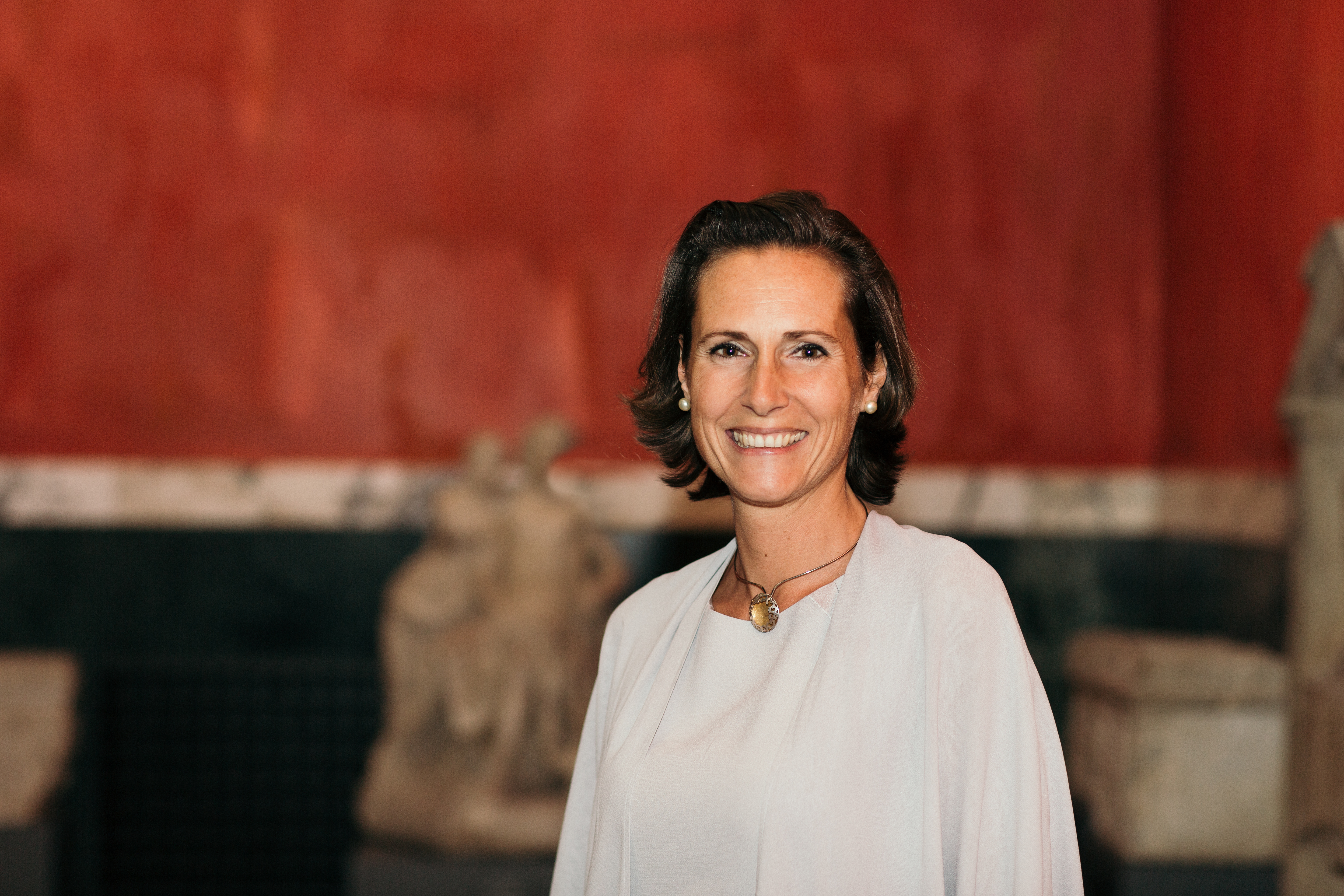
Marilyne Andersen is at the forefront of a field that bridges gaps between disciplines, such as building science and chronobiology, as well as between theory and practice.
Marilyne Andersen is a researcher and educator whose work is focused on the challenge of discovering and quantifying the relationships between daylighting design strategies and building performance, with occupant health, comfort and performance. She is particularly interested in embedding that knowledge into design tools and goal-driven design approaches that can influence the early stages of the architectural design process, which ultimately would deliver sustainable and workable architectural solutions. Her work draws not only on sophisticated building modelling expertise, but also on observation and monitoring of building occupants in response to daylight, notably to its temporal and spatial influence as a function of the history and circadian responses of individuals. The human-centric focus is particularly rich in the development of simulation techniques that address users’ perception and responses to architectural space and dynamic daylight conditions. The impact of this research stream is creating new knowledge and opportunities for experience-based daylight design, broadening our awareness of daylight design to extend beyond building science and into the human behavioural and social sciences.
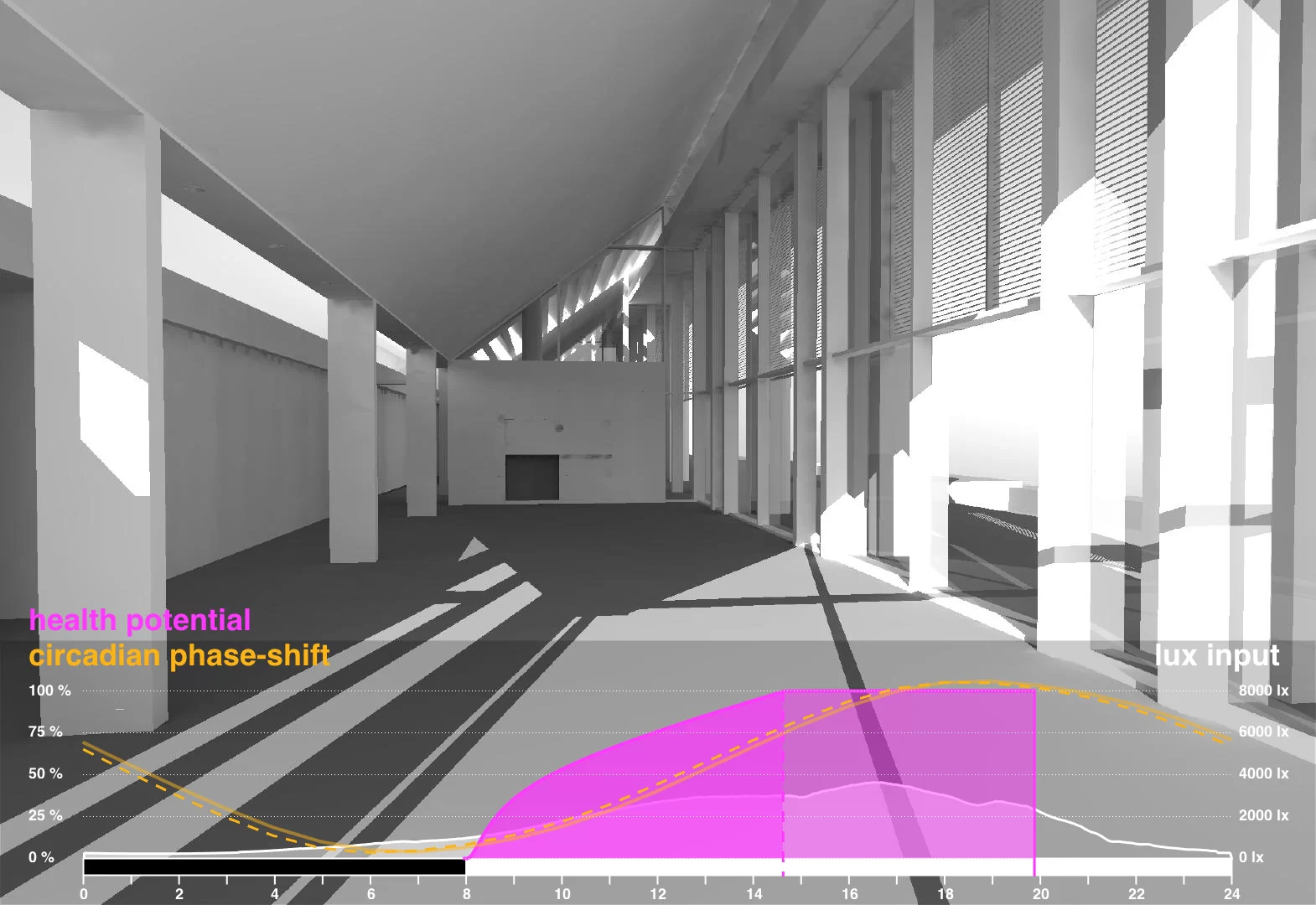
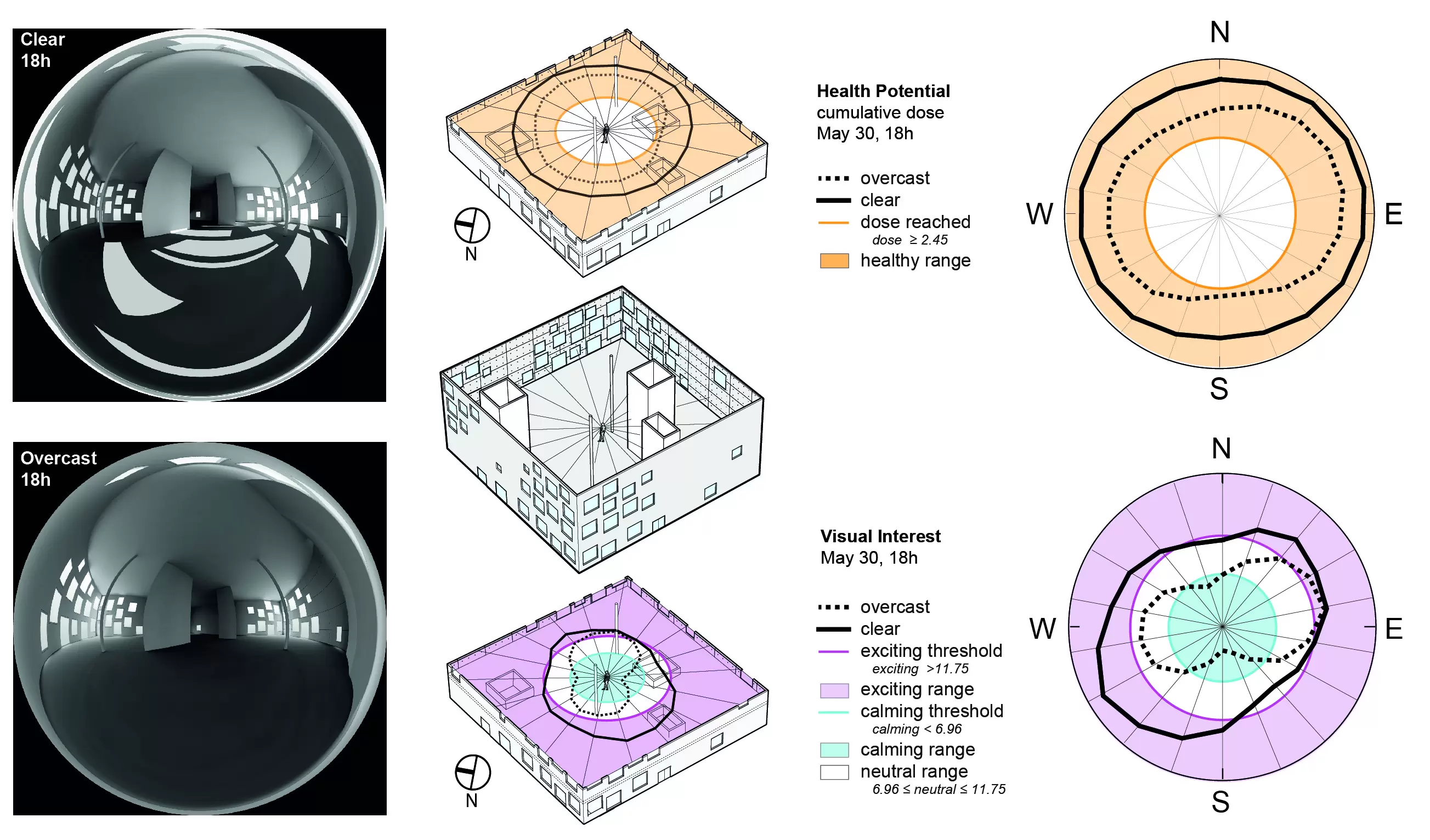
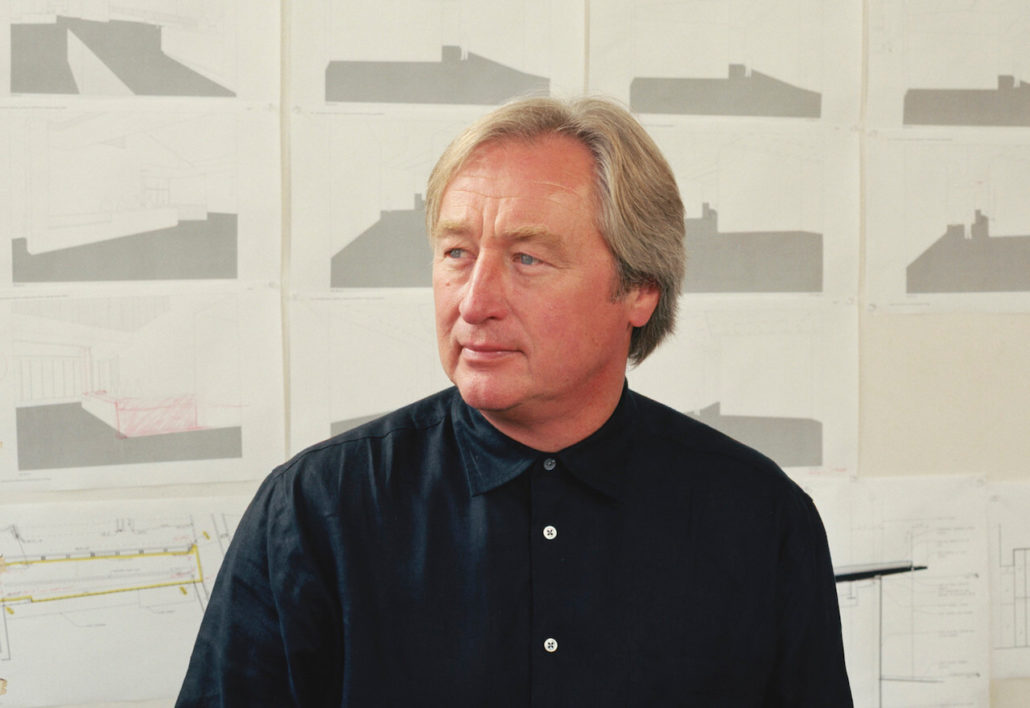
The high value of Steven Holl's work cannot be reduced to the single aspect of light but is always the result of its totality.
The journey of Steven Holl’s highly original architecture is expressed in the intensive development process of his buildings regardless of their scale or programs, and has always been proven to create a deeply experiential and emotive architecture. The evidence of his approach can be seen among a diverse range of projects across the world, responding to different climates and cultural backgrounds. People are the key driver, their social behaviour giving direction and inspiration towards the identity of the physical space. From a relatively small project like `Storefront Gallery´ in New York to a more speculative earlier project `Spatial Retaining Bars´ in Phoenix, to the `Kiasma Museum´ in Helsinki or the `Linked Hybrid Apartment Blocks´ in Beijing, they can all be read as a body of work that has never given up on the possibility of architecture, to explore and expand its qualities through the skilful relationship between structure, material and light. The result is buildings which not only perform but are delightful.
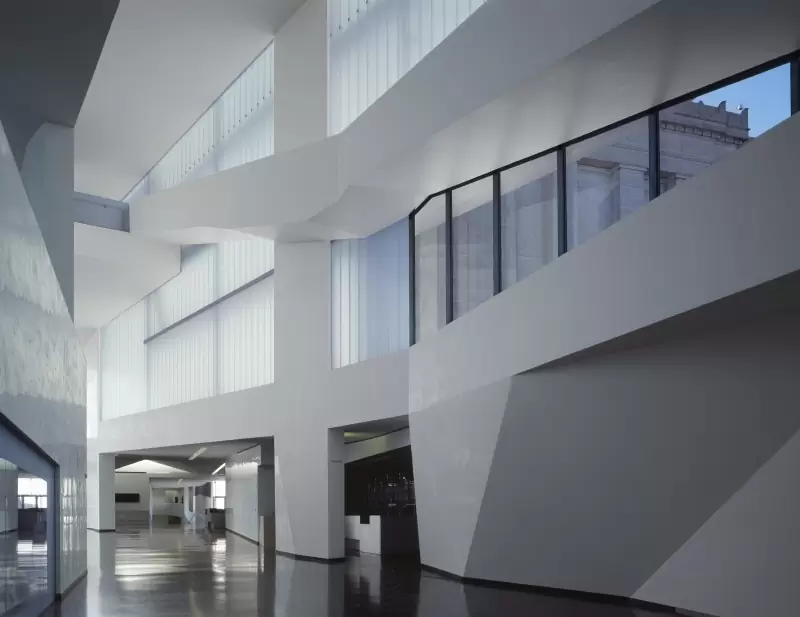
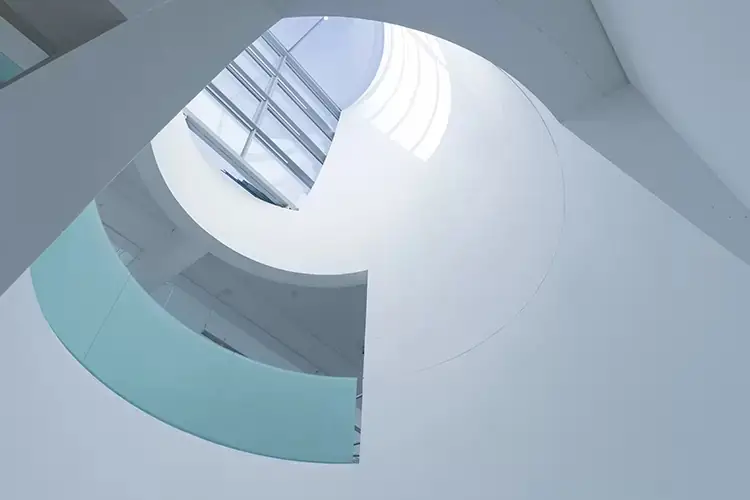
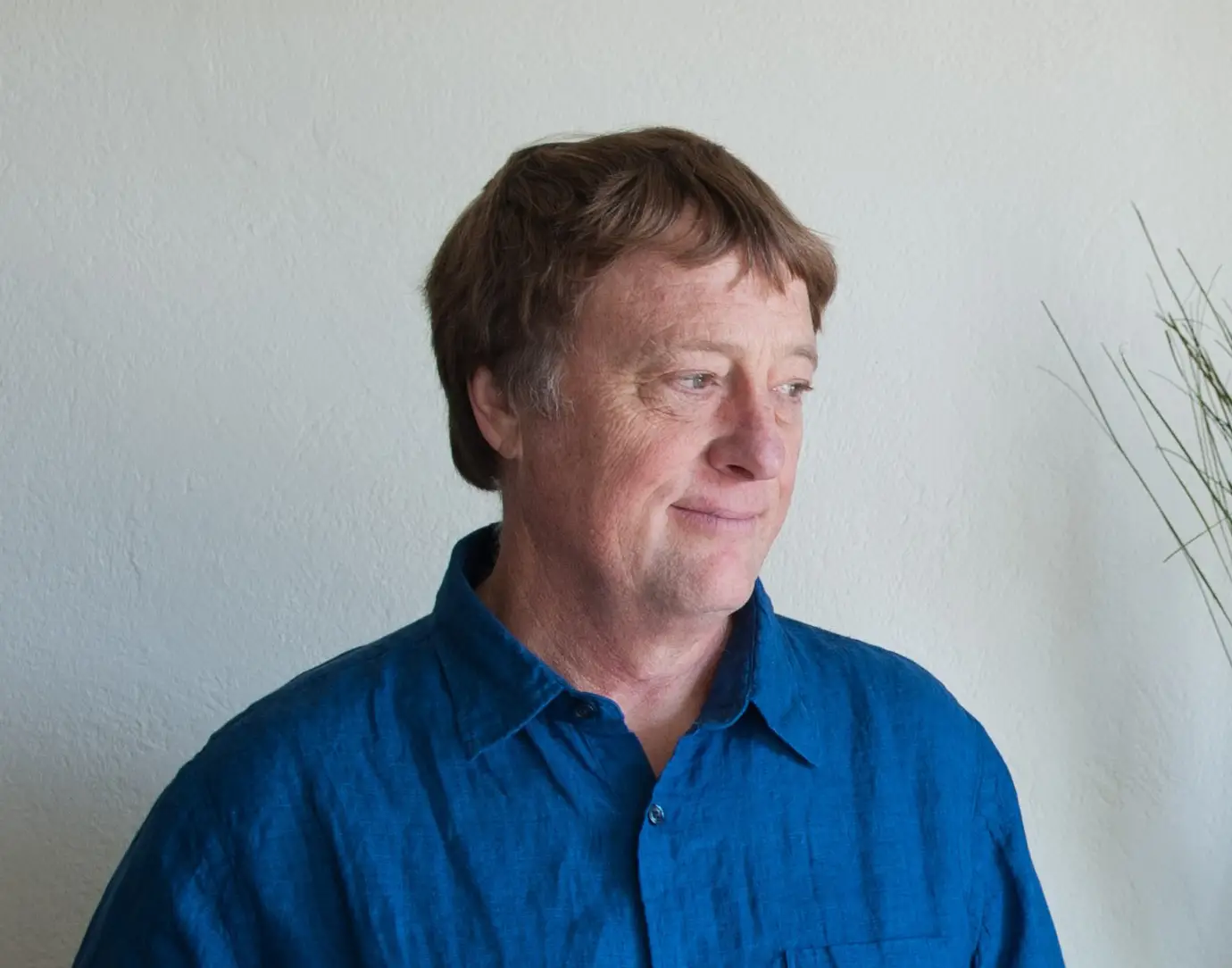
The breadth of Greg Ward’s work has transformed the field of daylight modelling and it has empowered generations of researchers and practitioners.
Greg Ward is the creator of the Radiance simulation tool that underpins the field of daylighting research and practice. Radiance is the leading, physically accurate daylight rendering engine, allowing thousands of researchers and designers to develop their own projects.
Greg Ward’s contribution in the form of a powerful extendable software suite has enabled unprecedented advances in adjacent fields that require light modelling. Its applications include architecture, product design, horticulture, motion picture, health effects and medical research. It has also been applied to unique situations such as assisting astronauts in training to work under the harsh lighting conditions in space.
`Radiance´ and its ability to model how light interacts with complex architectural designs and new materials is pivotal in the development of design workflows enabling designers to innovate daylighting solutions. He has complemented this work with the development of new data protocols to capture image data, new visual display technology and novel instruments to measure optical properties of architectural glazing and materials.
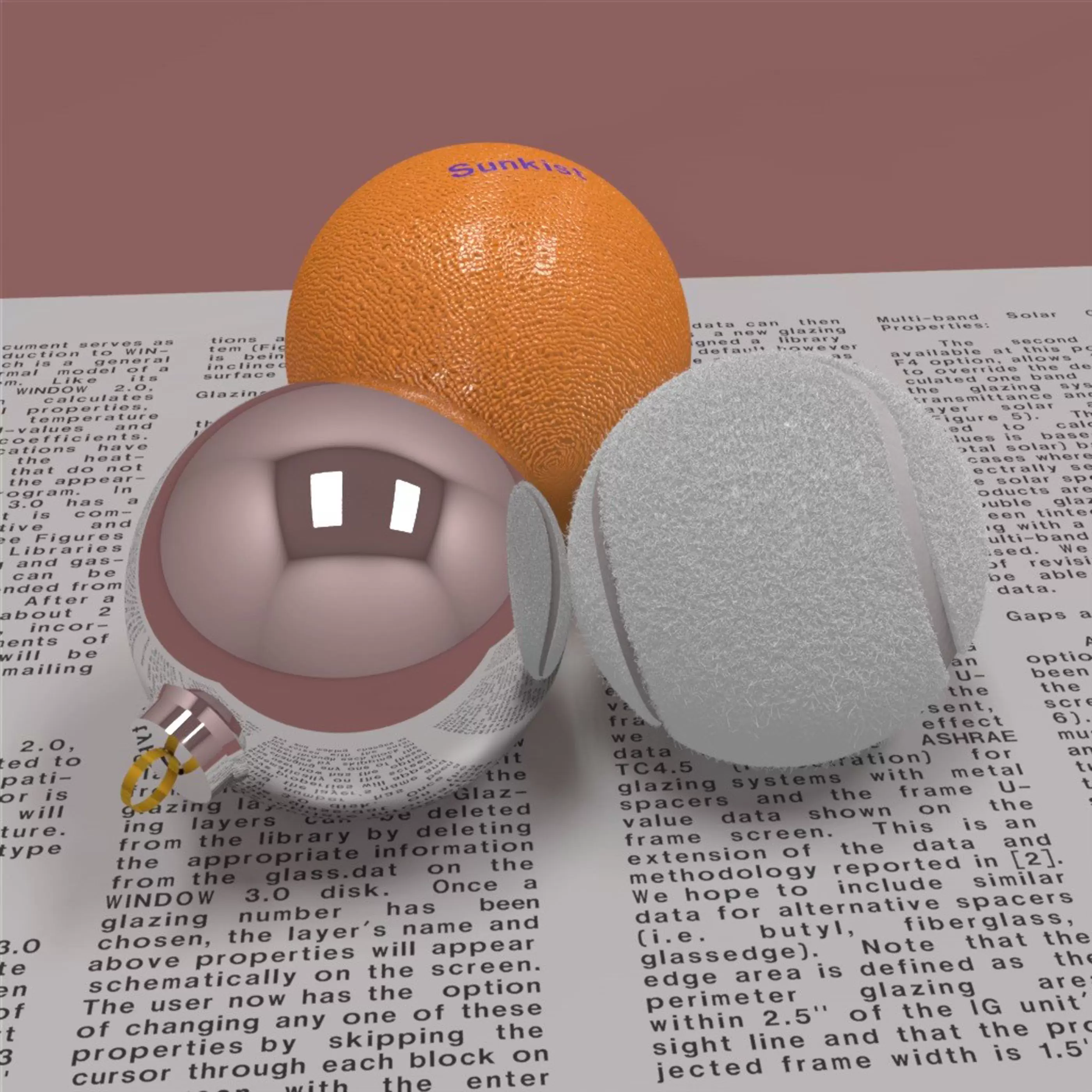
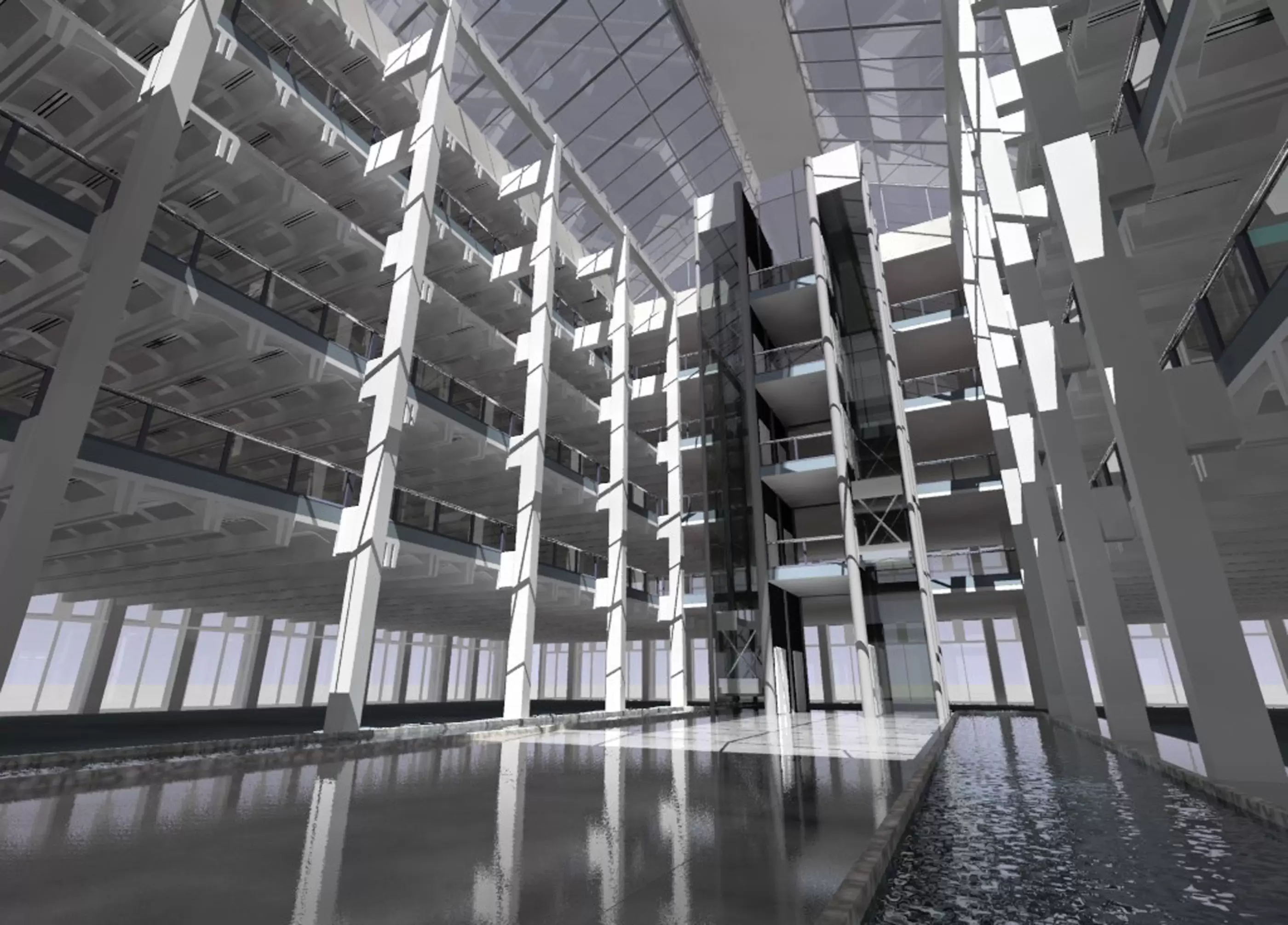
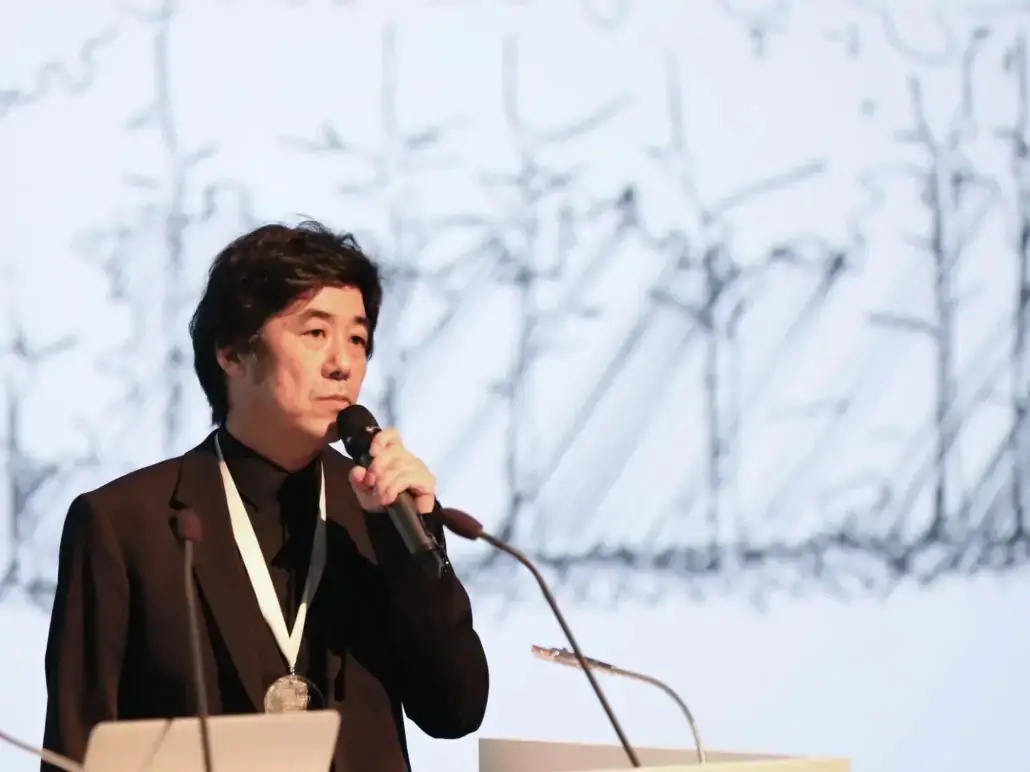
HIROSHI SAMBUICHI IS A MASTER AT BALANCING THE RELATIONSHIP BETWEEN NATURE AND ARCHITECTURE WITH THE GEOPHYSICAL CHARACTERISTICS OF THE SITE - EARTH, WIND, AIR, WATER, AND SUN
Sambuichi’s approach to a site is one of great particularity, entailing long term study and reflection upon the qualities and forces of nature which are embedded within, and active upon, the site. In pursuit of the balance, before developing the design, Sambuichi investigates the landscape’s seasonal climate and experiments with physical models on site over one to two years. The architecture thus emerges through these considerations. His works are rooted in the local environment and are manifestations of the skilful use of the moving powers of nature.
We may look at Shizuki Castle House and Naoshima Hall as examples of this creative process. These works reference the sky plane above and the earth plane below, defining a field of life, our life – a suspended world that intertwines the individual with nature. Specifically, the active forces of nature – the movement of the sun, the cooling flow of breezes – combine with the variable ability to enclose, protect and surround. It is an architecture that evolves to opening, revealing and exposing – all actions which relate to the individual experience responding to nature’s life. The work displays extraordinary simplicity and clarity with a discrete refinement, a remarkable intimacy of figure and nature.
His philosophical base and built work serve as a continuous inspiration to the architectural discourse.
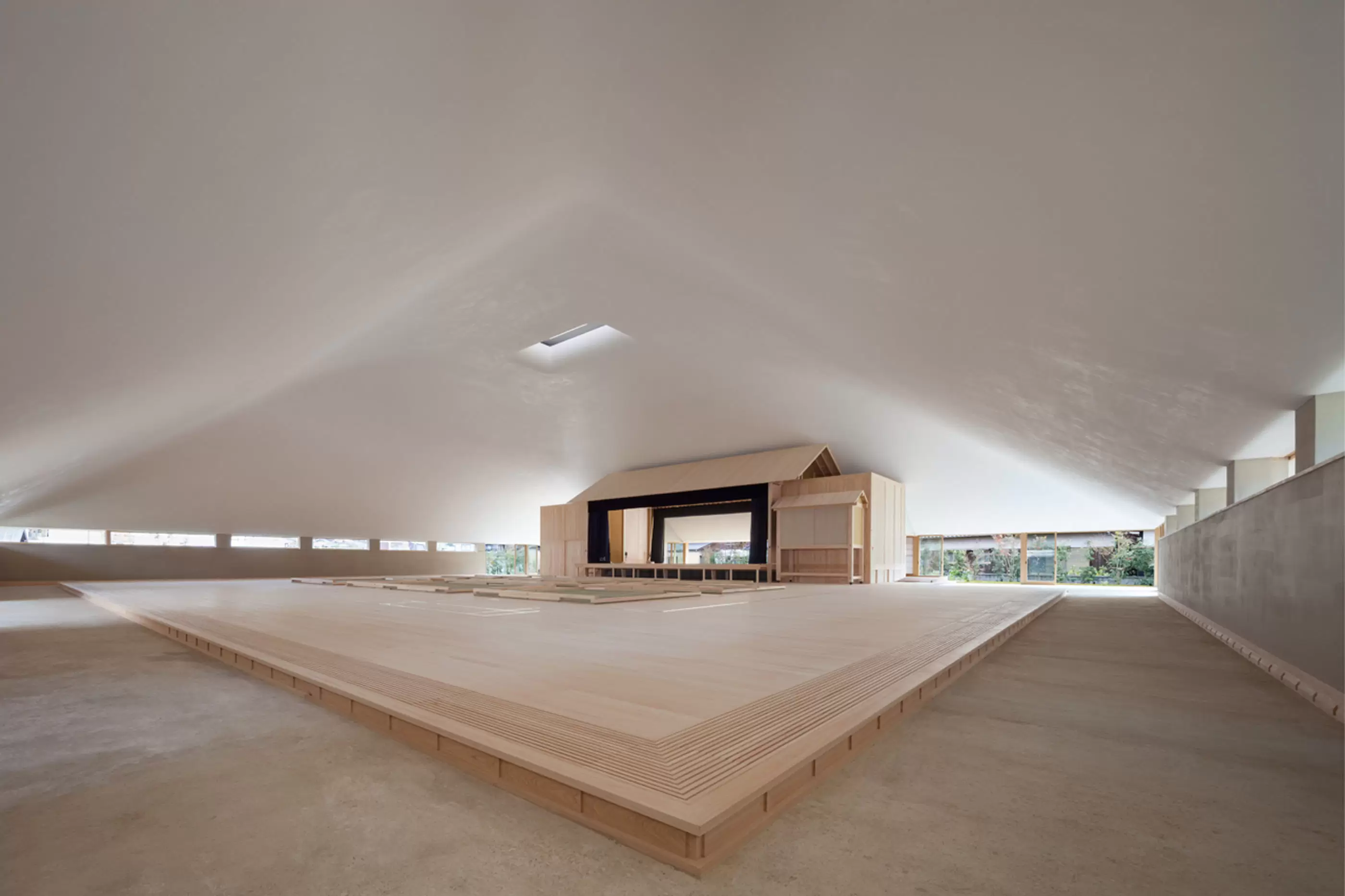
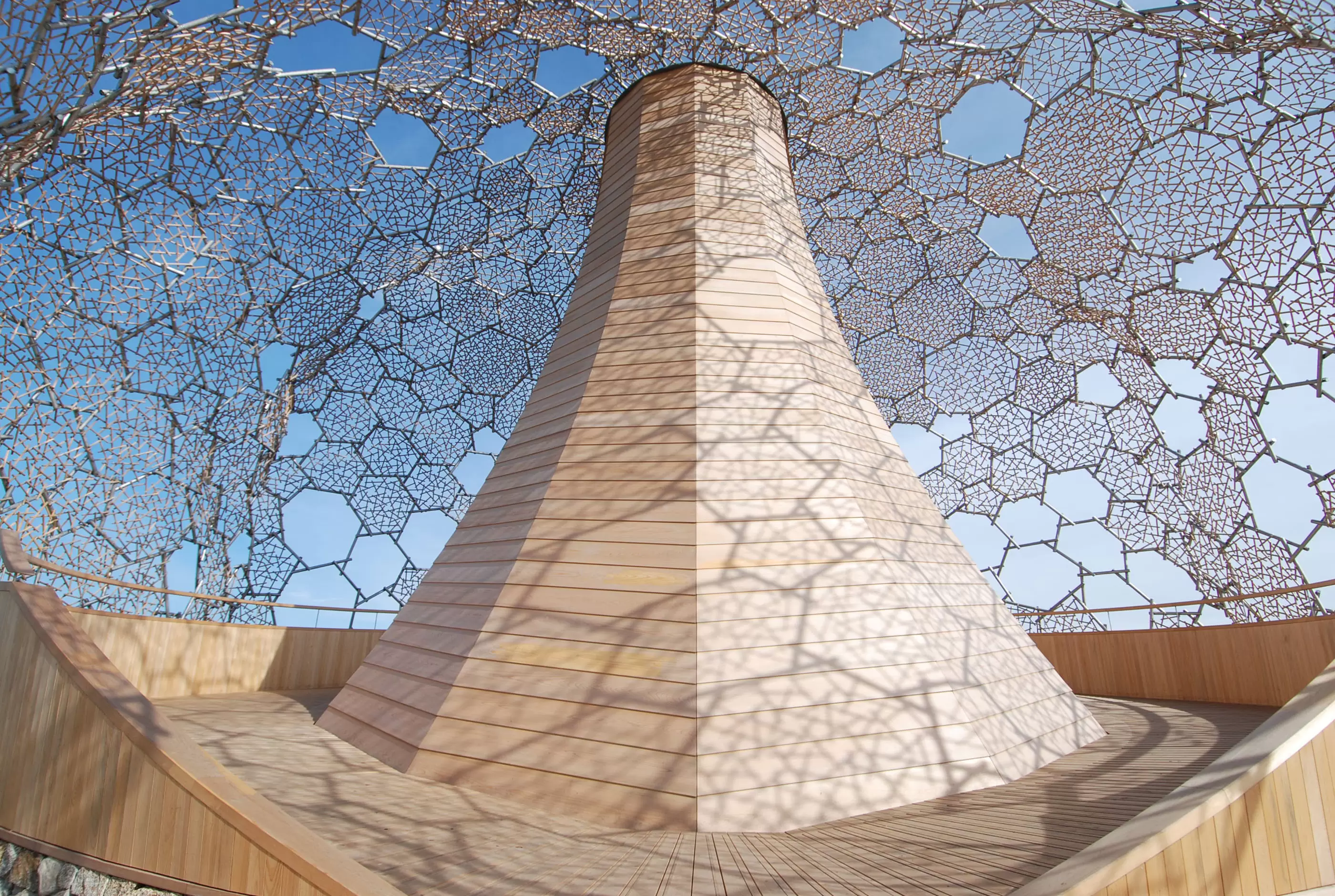
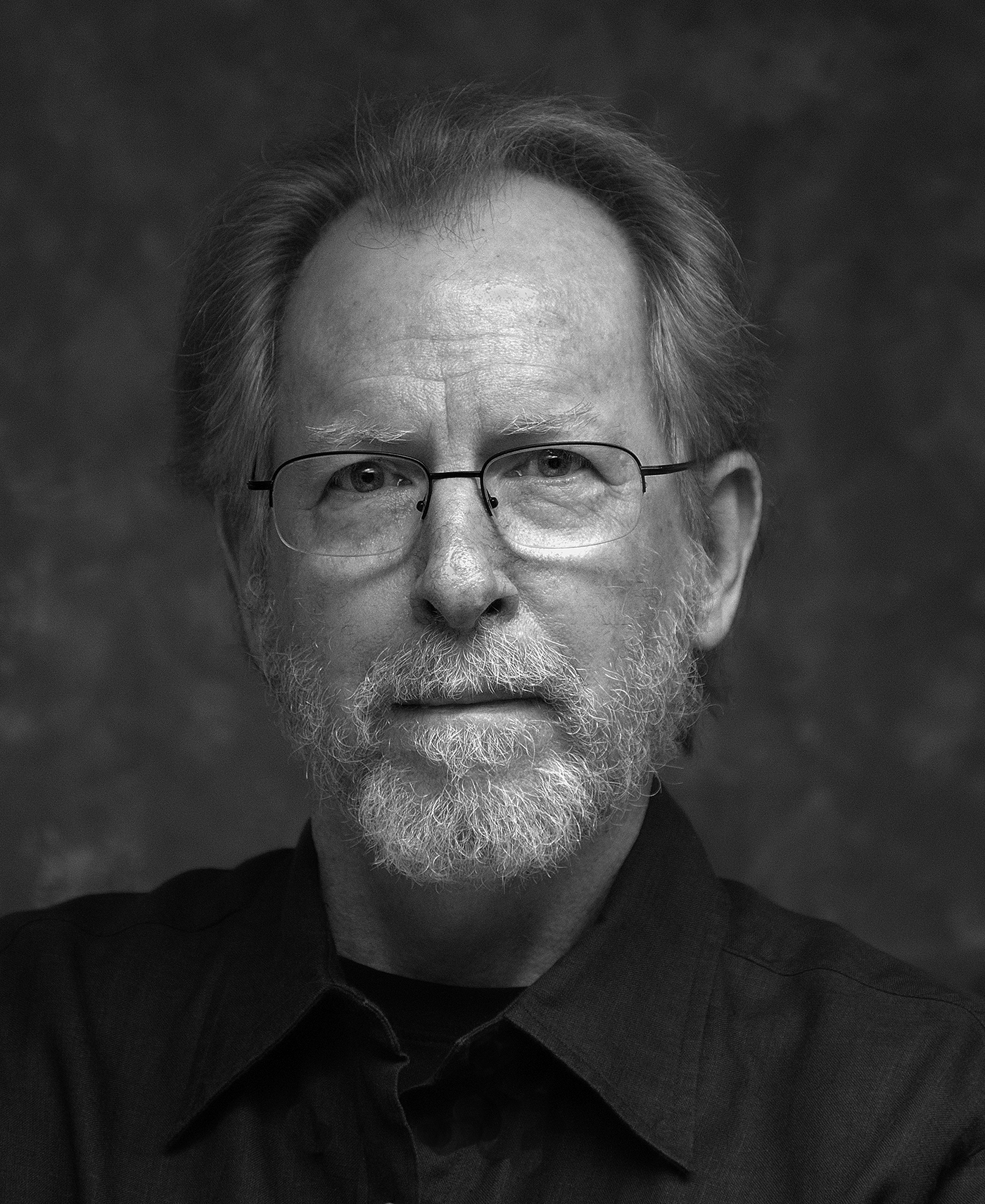
HENRY PLUMMER’S UNIQUE APPROACH TO REVEALING THE TRANSFORMATIVE, METAPHYSICAL QUALITIES OF DAYLIGHT IS TO COMBINE HIS POWER OF NARRATIVE ANALYSIS, WITH HIS OUTSTANDING SKILL AS AN ARCHITECTURAL PHOTOGRAPHER.
Henry Plummer’s unique approach to revealing the transformative, metaphysical qualities of daylight is to combine his power of narrative analysis, with his outstanding skill as an architectural photographer. In this way, his extensive body of work has inspired generations of architects to reveal and rejoice the experiential aspects of daylight in architecture.
Plummer emphasises the role of these two forms of media: “Words examine ideas and thoughts, observations and analysis about light, while images present the phenomena themselves. It is with this in mind that the photographs are intended not as textual illustrations, but rather to form their own mode of enquiry, one that tries to carefully examine the metaphysical aspects of architecture whose significance lies, to a large extent, beyond the domain of words.”
In summary, Henry Plummer´s research is characterised by the humanistic, artistic, analytical and metaphysical. The depth and quality of his analysis is based on rigorous studies, embracing experiential and phenomenological as well as intuitive and artistic attitudes towards investigations of daylight. His photography is exceptional and his writing has brought a deeper level of understanding and appreciation of the quality of light to the academy and the profession.
His words and photographs are an inspiration to the study and practice of architecture.
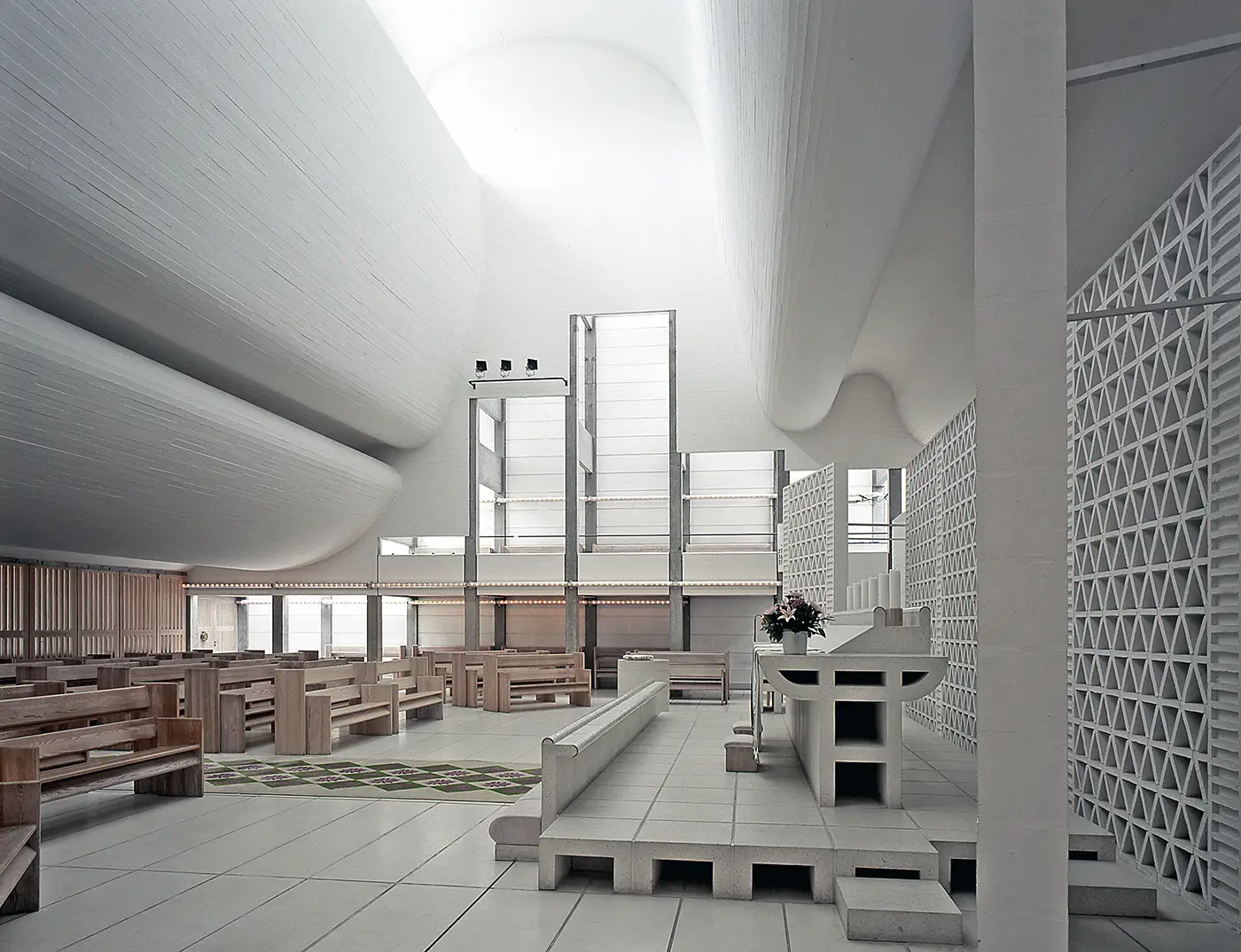
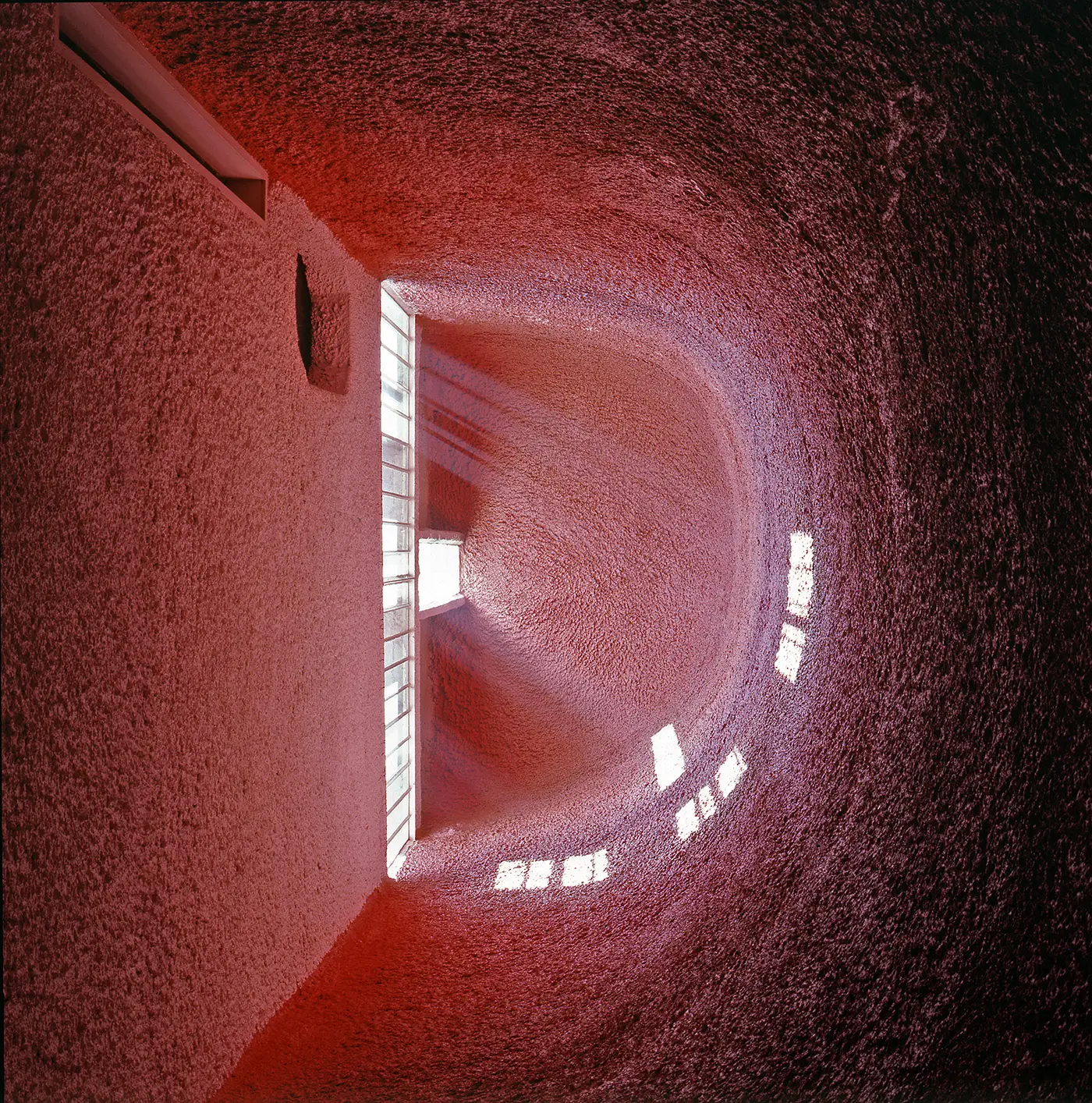

IN IDENTIFYING THE NEURAL SUBSTRATE FOR A NON-VISUAL LIGHT PATHWAY TO THE BRAIN, PROFESSOR RUSSELL FOSTER HAS DEMONSTRATED THE POWERFUL AND WIDE-REACHING IMPACT OF LIGHT ON HUMAN HEALTH.
In identifying the neural substrate for a non-visual light pathway to the brain, Professor Russell Foster has demonstrated the powerful and wide-reaching impact of light on human health.
Russell Foster is a fundamental neuroscientist. His interest is, and has always been, understanding how the body clock (circadian rhythm) and the sleep-wake rhythm are generated and modulated. His early research involved transplanting a specific group of brain cells from one breed of hamster to another breed. In doing so, he was able to demonstrate that it is the brain that sets the rhythm of the body clock.
In the domain of research, there is often a movement from the bench to the bedside, in other words, the translation of basic laboratory findings to practical health solutions. Some researchers are basic laboratory scientists; others are clinical investigators. Professor Foster is both. His clinical studies in humans address important questions regarding light. How does morning light influence sleep? Why is light at night bad for health? And ultimately the answers to such questions have impacted the medical world in a variety of domains including sleep medicine, psychiatry, neurology, geriatrics, ophthalmology, immunology and even cancer medicine. In identifying the neural substrate for a non-visual light pathway to the brain, Professor Foster has demonstrated the powerful and wide-reaching impact of light on human health.
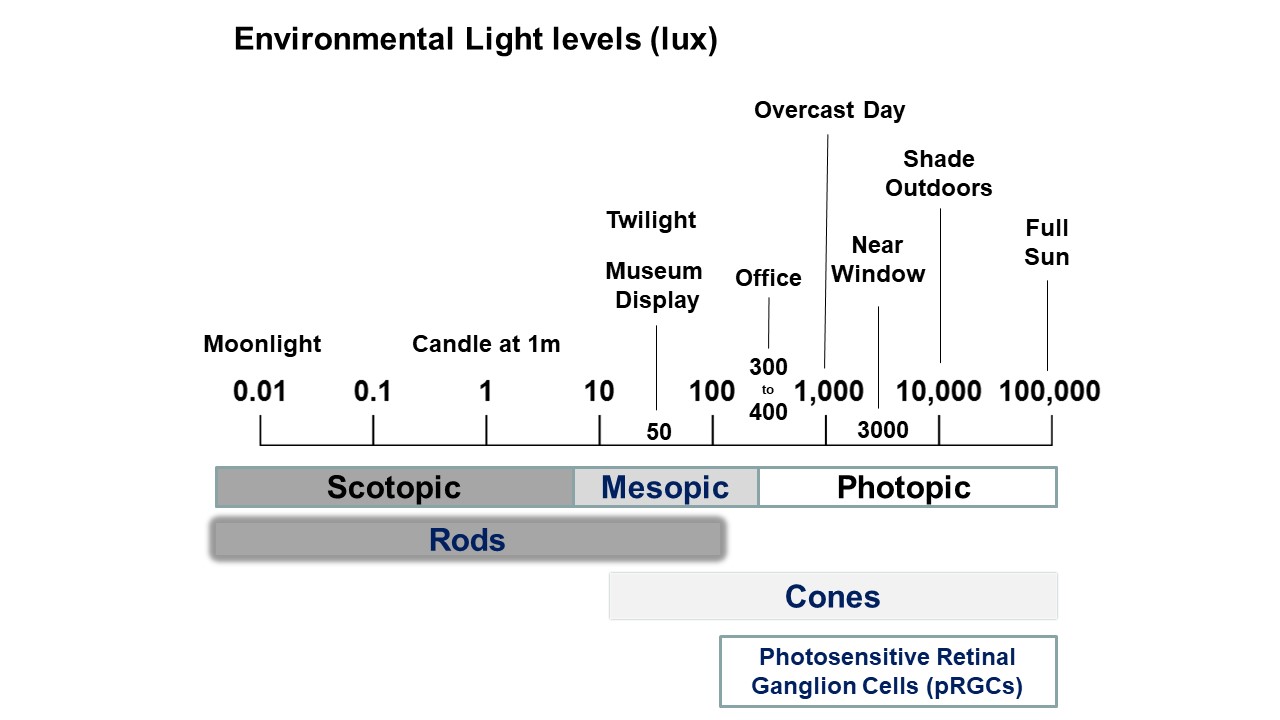
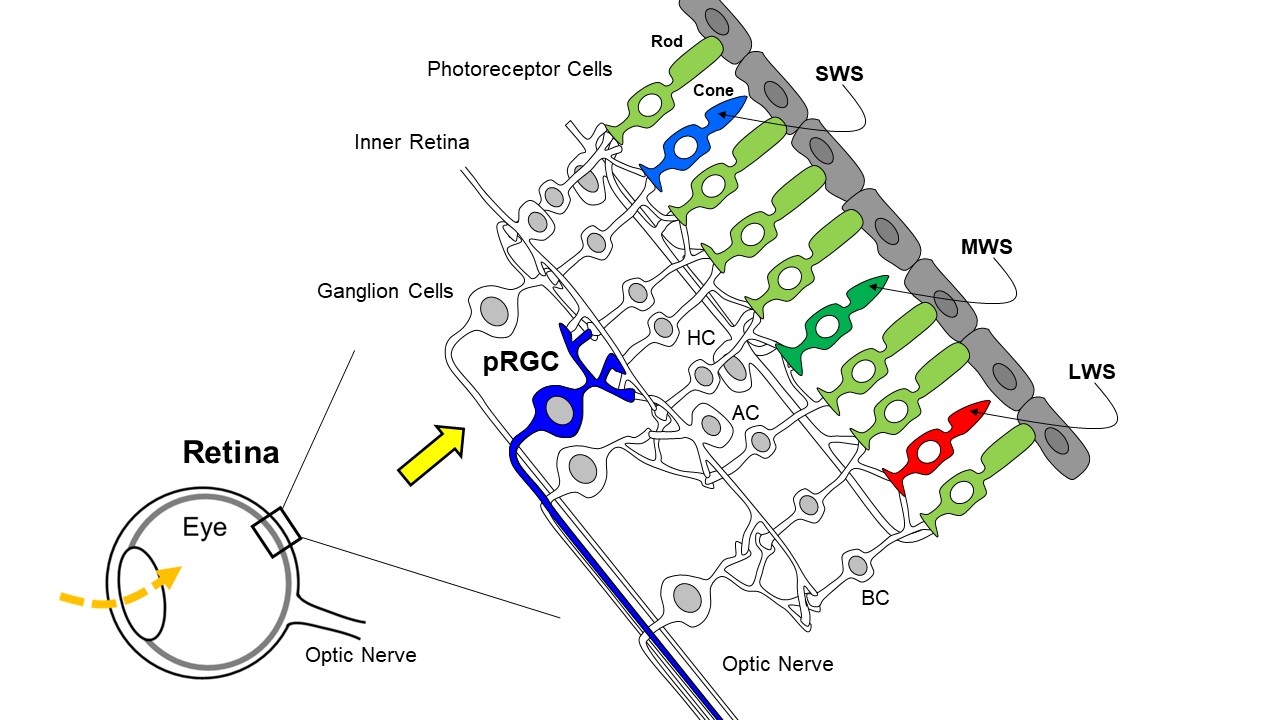

JUHA LEIVISKÄ’S ARCHITECTURE ECHOES ARCHITECTURAL AND MUSICAL PRECEDENTS, HIS TREATMENT OF LIGHT REFLECTS THE NATURAL LIGHT CONDITIONS IN THE NORDIC FORESTS.
Juha Leiviskä’s architecture echoes architectural and musical precedents, his treatment of light reflects the natural light conditions in the Nordic forests, especially counterlight seen through foliage, and the ambience of birch trees with their white vertical rhythms.
Daylight solutions in modern architecture are usually based on variations of zenithal light, or narrow roof or wall slits to guide light along the surfaces of the architectural space. Leiviskä’s light is an oblique light that both hits vertical surfaces directly and is reflected to create experiences of layered light with a distinct feeling of depth. His light does not only illuminate surfaces, it appears to originate and exist vibrantly in the architectural space itself. An especially delicate effect in his light articulations is the use of reflected colour, which makes colour a constantly changing, kinetic and pulsating phenomenon. The colours strengthen and weaken, appear and disappear according to the intensity and direction of sunlight, like breathing. Altogether, Leiviskä continues and enriches the humanistic traditions of the masters of Nordic architecture and design. In his design of dwellings, Leiviskä takes the same attention to the quality and intensity of daylight for the inhabitants’ visual comfort and well-being. He does this calmly, simply, and in a refined way without seeking effects.
Juha Leiviskä himself emphasises the relational and mediating purpose of his designs: “Architecture is closer to music than the visual arts. To qualify as architecture, buildings, together with their internal spaces and details, must be an organic part of the environment, of its grand drama, of the movement and of its spatial sequences. To me, a building as it stands, ´as a piece of architecture´, is nothing. Its meaning comes only in counterpoint with its surroundings, with life and with light.”
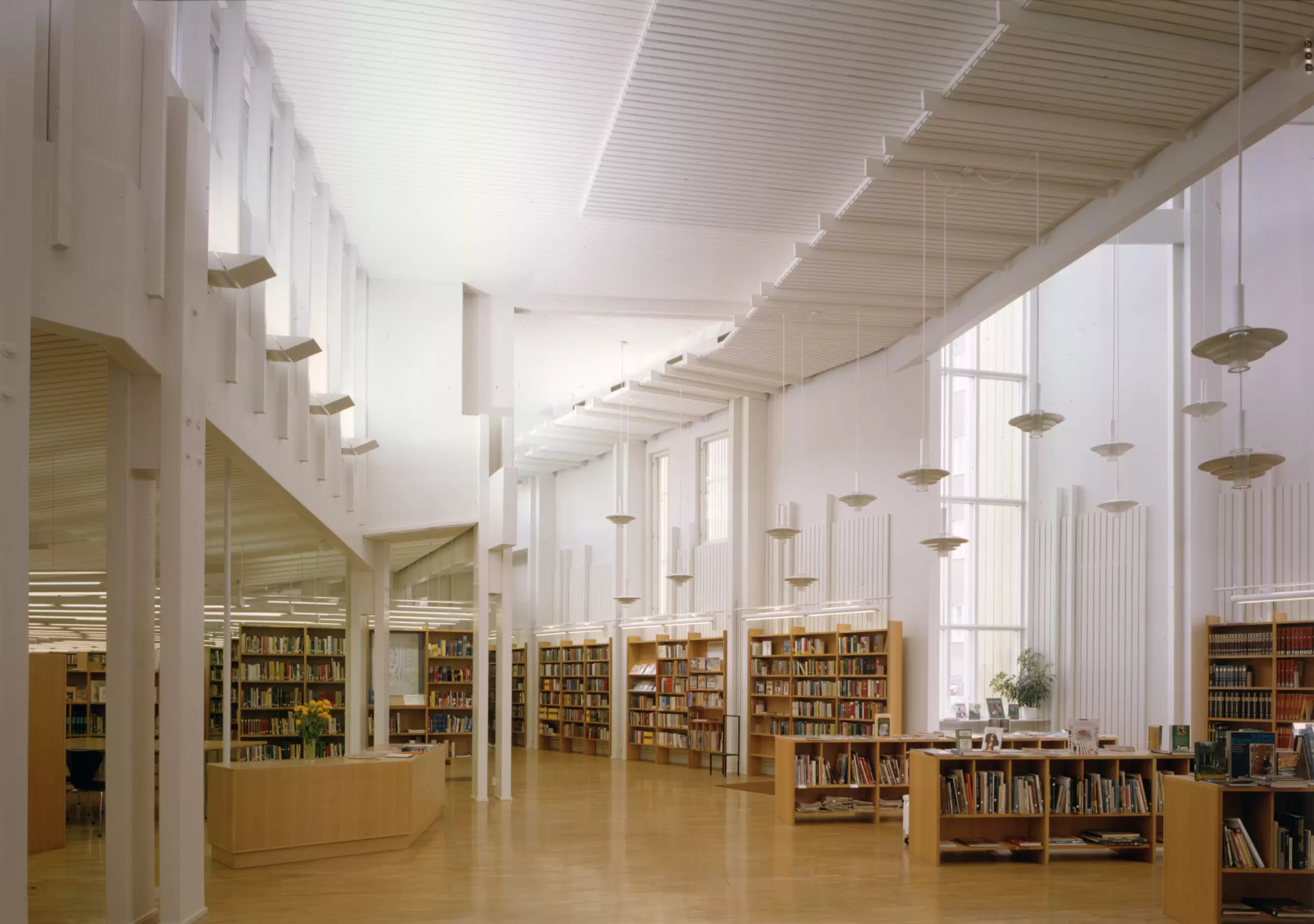
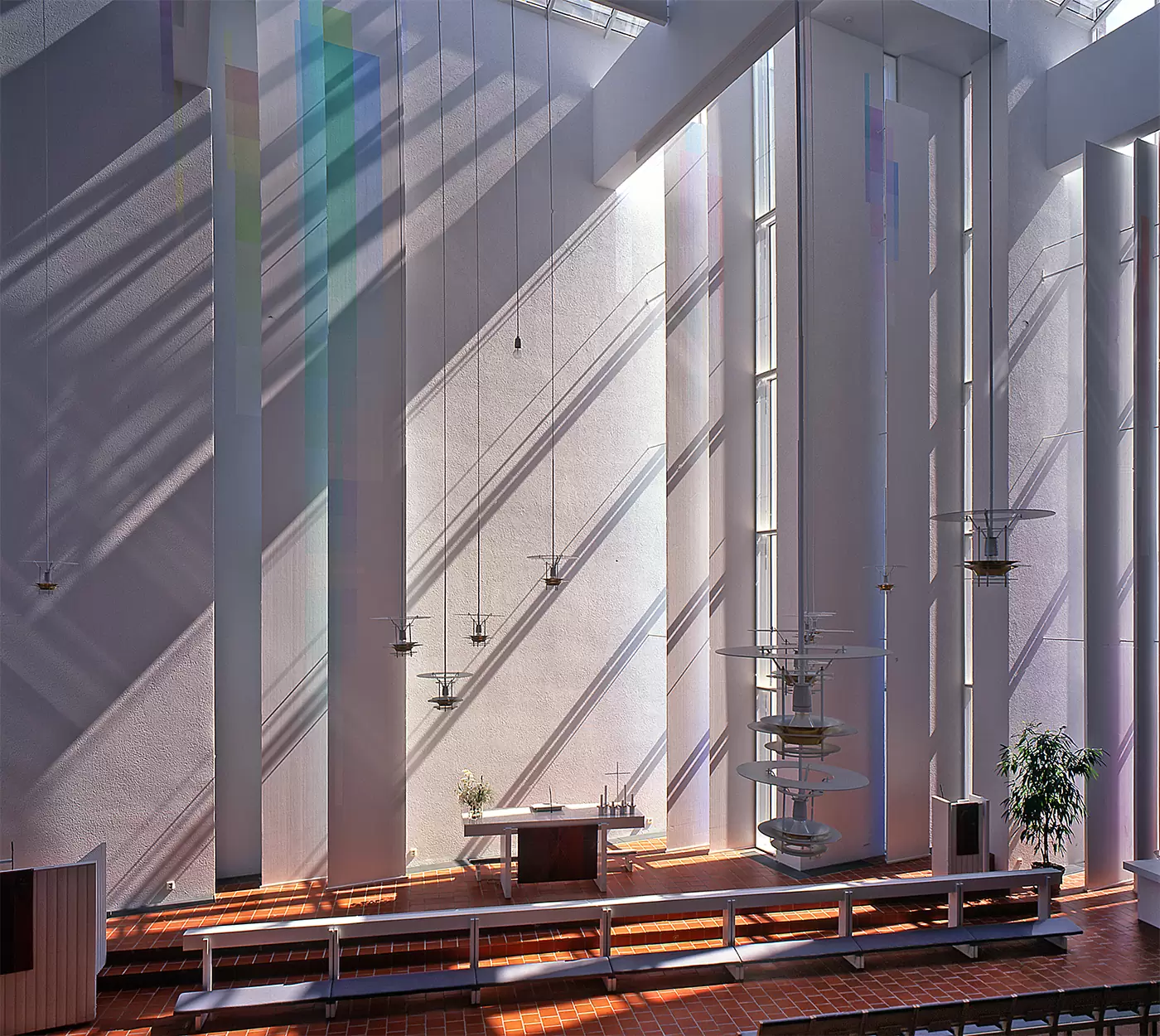
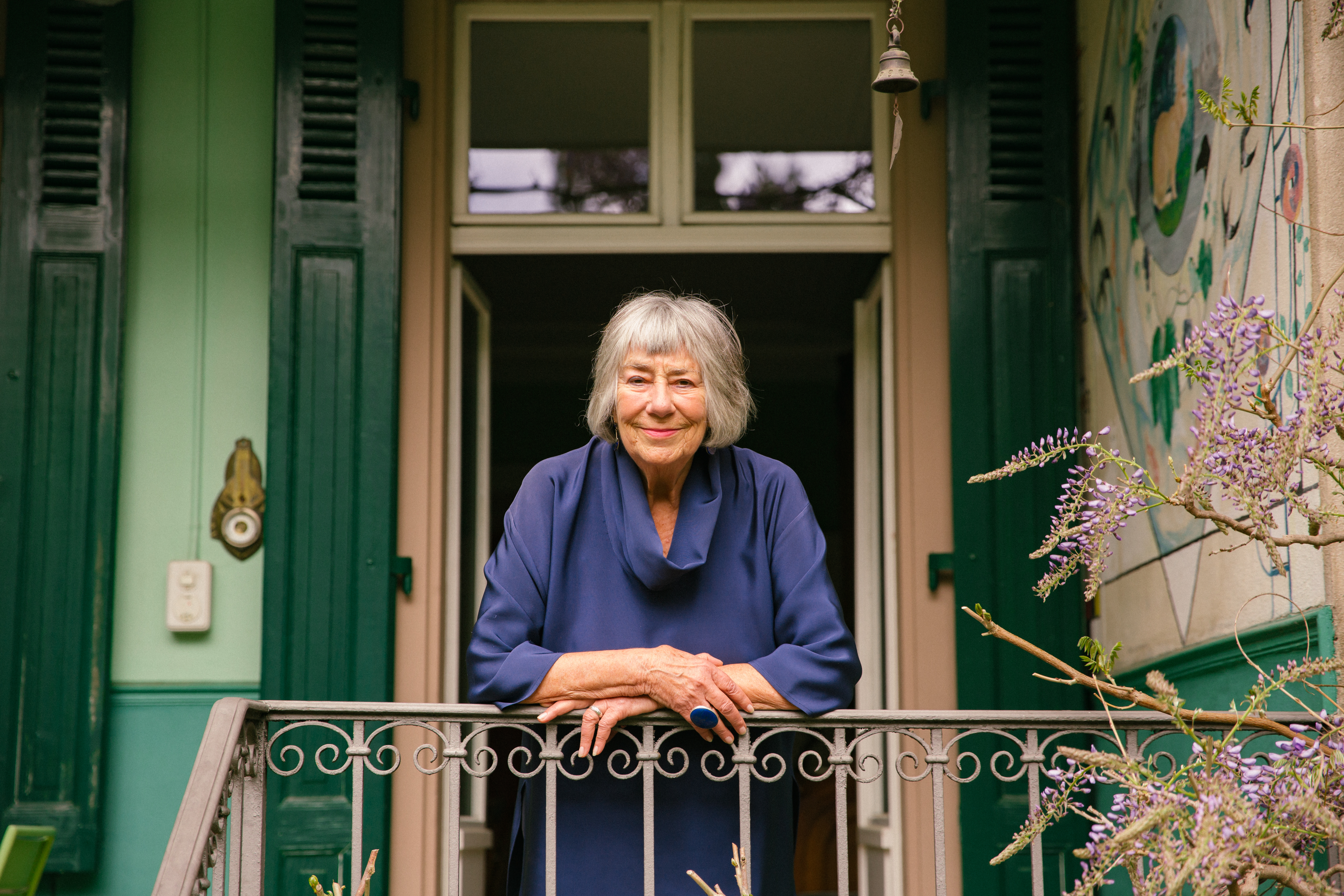
ANNA WIRZ-JUSTICE IS A SUPERLATIVE TEACHER, COLLEAGUE, ROLE MODEL AND MENTOR, INSPIRING THE NEXT GENERATION OF MINDS THAT ARE PASSIONATE ABOUT LIGHT AND HUMAN HEALTH AND WELL-BEING.
Anna Wirz-Justice is a superlative teacher, colleague, role model and mentor, inspiring the next generation of minds that are passionate about, and fascinated by, the importance of light, and of daylight in particular, on human health and well-being.
Anna Wirz-Justice has undertaken pioneering research on how human circadian rhythms and sleep are regulated by light. Defining the key parameters of how light acts as a biological stimulus, including the importance of when we see light, the length of exposure, and the influence of colour. Furthermore, Anna has always considered individual variation, embracing rather than ignoring variables such as age, disease status and light history. Early in her career, Anna appreciated the connections between abnormal light exposure, circadian rhythm disruption, and the impact this has on mental health. She introduced the use of light therapy to Europe, and studied its use on Seasonal Affective Disorder (SAD), Non-Seasonal Depression, Borderline Personality Disorder and Dementia. This work allowed Anna, and other groups around the world, to establish both the scientific and therapeutic application of light as a treatment for different areas of mental illness. This holistic approach led Anna to develop a handbook for health care professionals, thereby guiding evidence-based and condition specific light treatments to improve mental health.
In addition, Anna has embedded her science broadly across the public sector. She has, and continues to reach out – with passion and generosity – to numerous other fields in both the natural and more humanistic sciences, to convey the importance of the natural day-night cycle on our physiology, including through architecture and the world of art. She has been the driving force behind multiple public lectures, exhibitions, installations and architecture projects. She has even worked with fashion designers to create light-inspired, and much-admired couture!
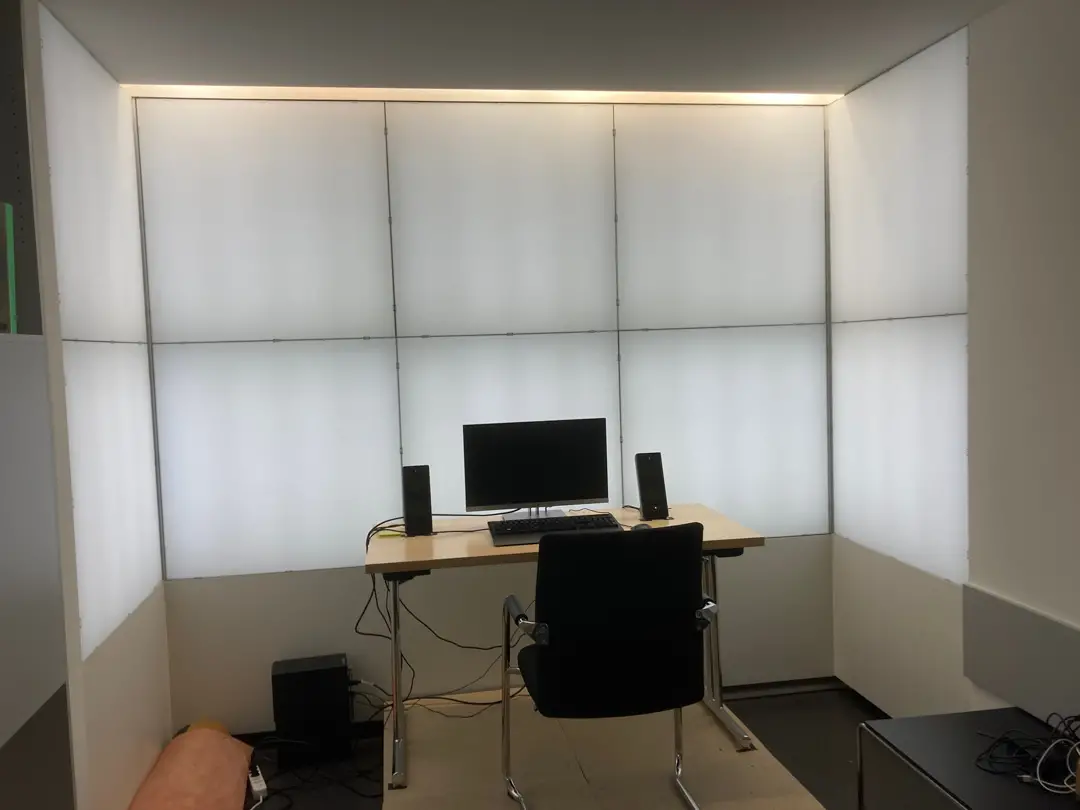
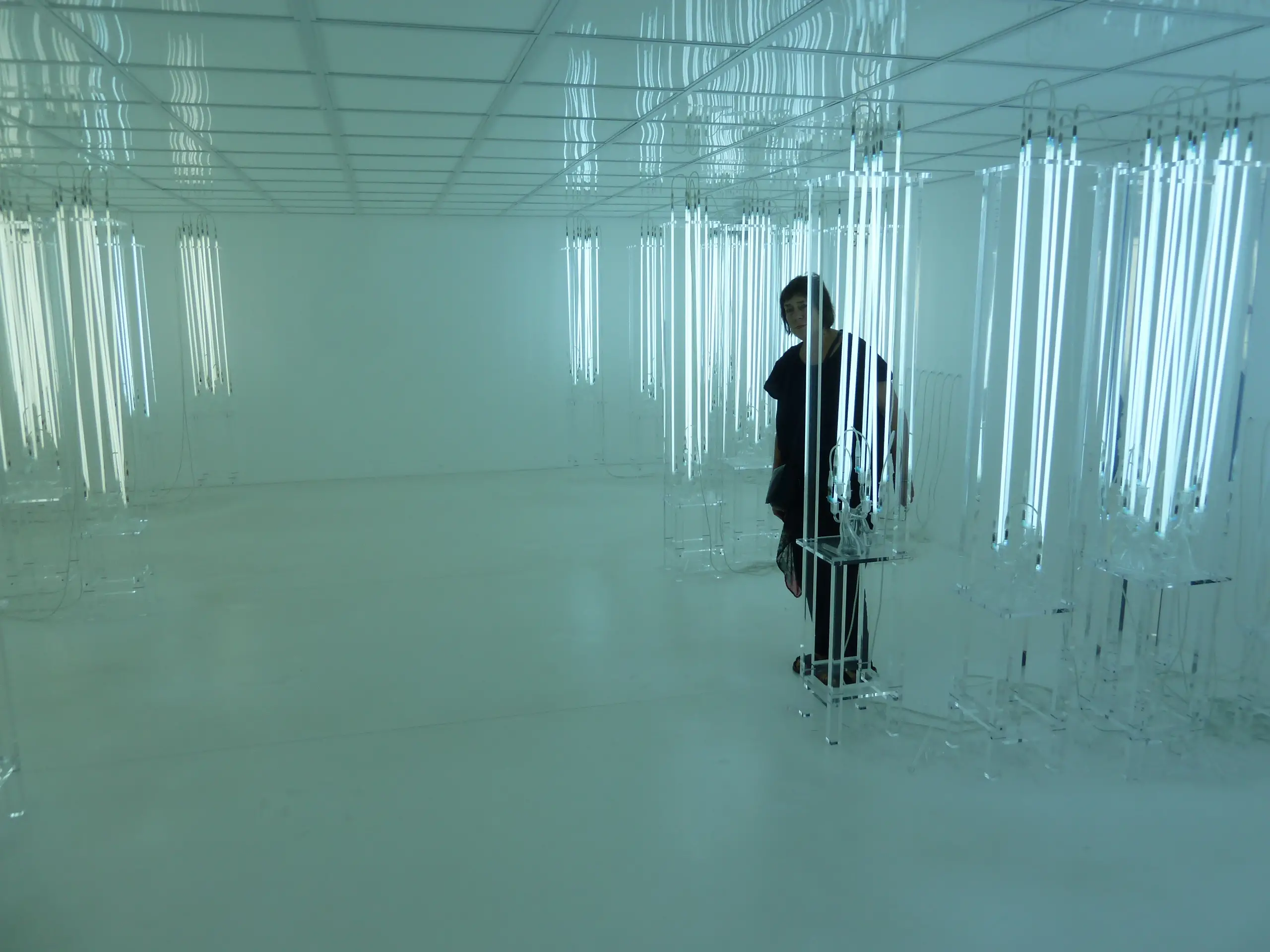
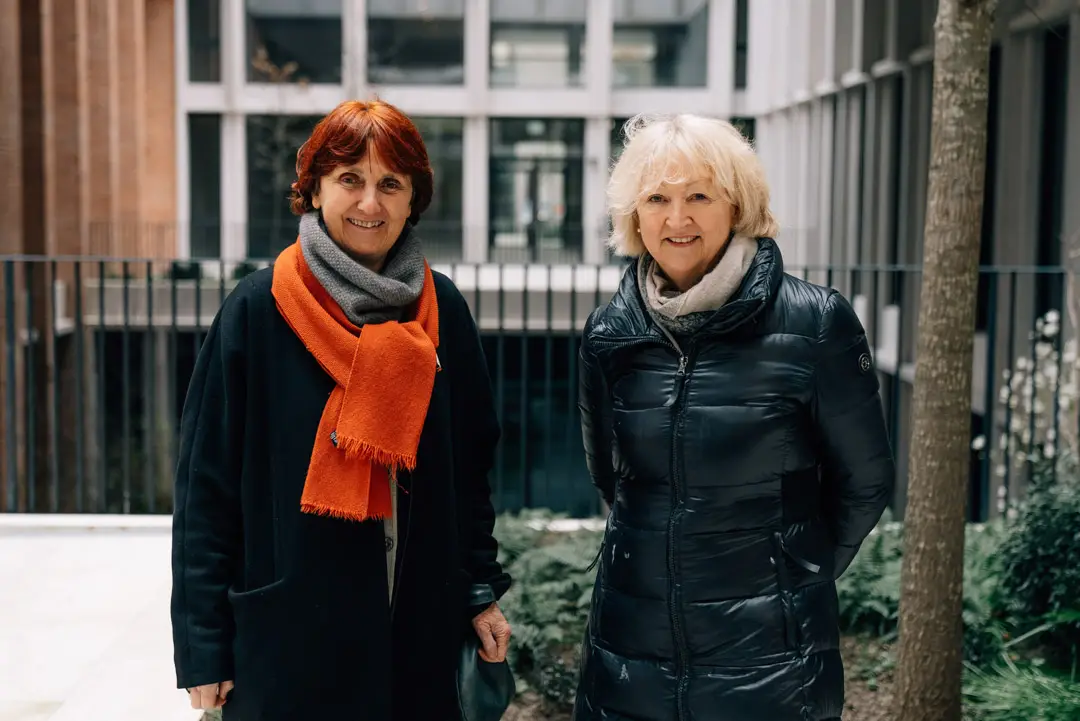
GRAFTON ARCHITECTS SHOW A SKILFUL AND DELICATE MASTERY OF DAYLIGHT, WHICH FULLY SERVES AN ARCHITECTURE OF USE FOR THE PEOPLE WHO INHABIT THE SPACES.
Grafton Architects show a skilful and delicate mastery of daylight, which fully serves an architecture of use for the people who inhabit the spaces, and enhances the life of the community.
Yvonne Farrell and Shelley McNamara, Grafton Architects, have mastered the use of daylight throughout their wide and exceptionally varied design production. They use natural light to differentiate and articulate spaces of different importance, functional purpose and experiential atmosphere. Daylight is employed in their design process as an integrated and irreplaceable quality, along with the spatial arrangement, structural frame and technical systems. Their skill to direct daylight both vertically and horizontally into often thick and layered building volumes is remarkable. Natural illumination heightens the working conditions and sensory qualities of the spaces, instead of being merely an element of composition or aestheticisation. Daylight emphasises and celebrates the main spaces in their buildings. Natural light in Grafton Architects’ projects has a relaxed, generous and calm presence.
Consistently, in all their projects, Grafton Architects’ virtuosity and remarkable use of daylight enables them to conceive thick, deep buildings, and to bring the light where it is wanted, necessary and comfortable: to work, to read, to stay. It allows them to create a complex and rich interior architecture, spatially dense, which nevertheless achieves a human scale and intimate environments within tall and large buildings. In some works, surfaces are used as daylight reflectors and modulators. Glazed ceramic floor, combined with rough brick walls, silky dark wood, together with carefully placed openings, create rich and intricate spatial experiences.
It is clear that daylight is particularly important in Grafton Architects’ architecture. It is not an accessory. It is a major constituent element of the architecture.
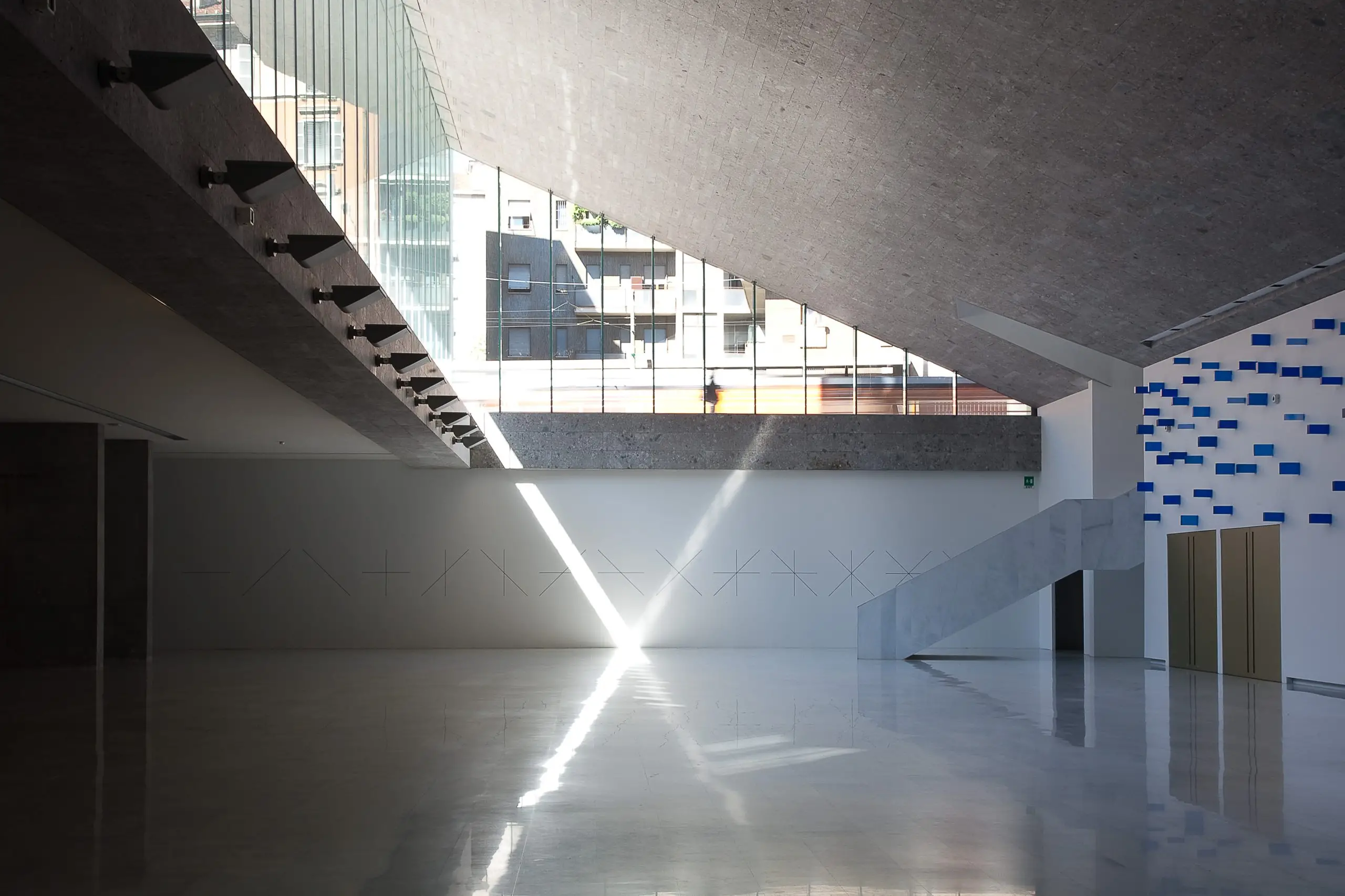
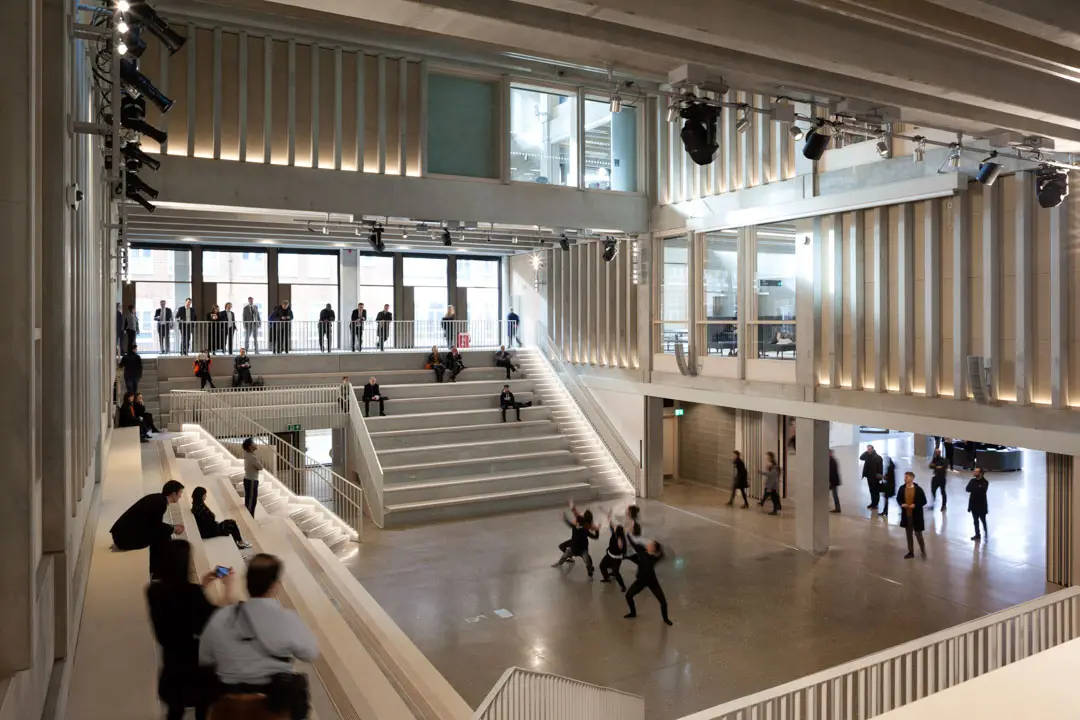
BACKGROUND INFORMATION
The foundations
Villum Fonden, founded in 1971, supports research in the technical and natural sciences, as well as environmental, social and cultural projects in Denmark and abroad. Currently, the foundation’s philanthropic main focus is to support and develop an enlightened world and a broad level of knowledge within technical and natural sciences.
VELUX Stiftung, founded in 1980, is a Swiss charitable foundation. Research on the effects of daylight is a core funding area of the foundation and is complemented by ophthalmology research, and research on healthy ageing and forestry. There is plenty of overlap between funding areas and all are inherently interdisciplinary.
VELUX Fonden, founded in 1981, works to enhance people’s lives and opportunities in a democratic and sustainable society by supporting research and initiatives within or across social conditions, age groups, transitions in adult life, society and culture as well as the marine environment.
Each foundation has its own trust deed detailing the types of projects it supports. In 2023, the three foundations gave joint grants of approx. EUR 190 million.
Villum Kann Rasmussen
All three foundations were established by graduate engineer Villum Kann Rasmussen – the founder of VELUX and other companies in the VKR Group, whose mission it is to bring daylight, fresh air and a better environment into people’s everyday lives. Learn more.
VKR Holding A/S
VKR Holding is the parent company of the VKR Group which altogether employs 19,800 people in 38 countries. The foundation, Villum Fonden, is the principal shareholder of VKR Holding A/S. Villum Fonden’s finances primarily stem from VKR Group company activities, which also finance the sister foundations.
